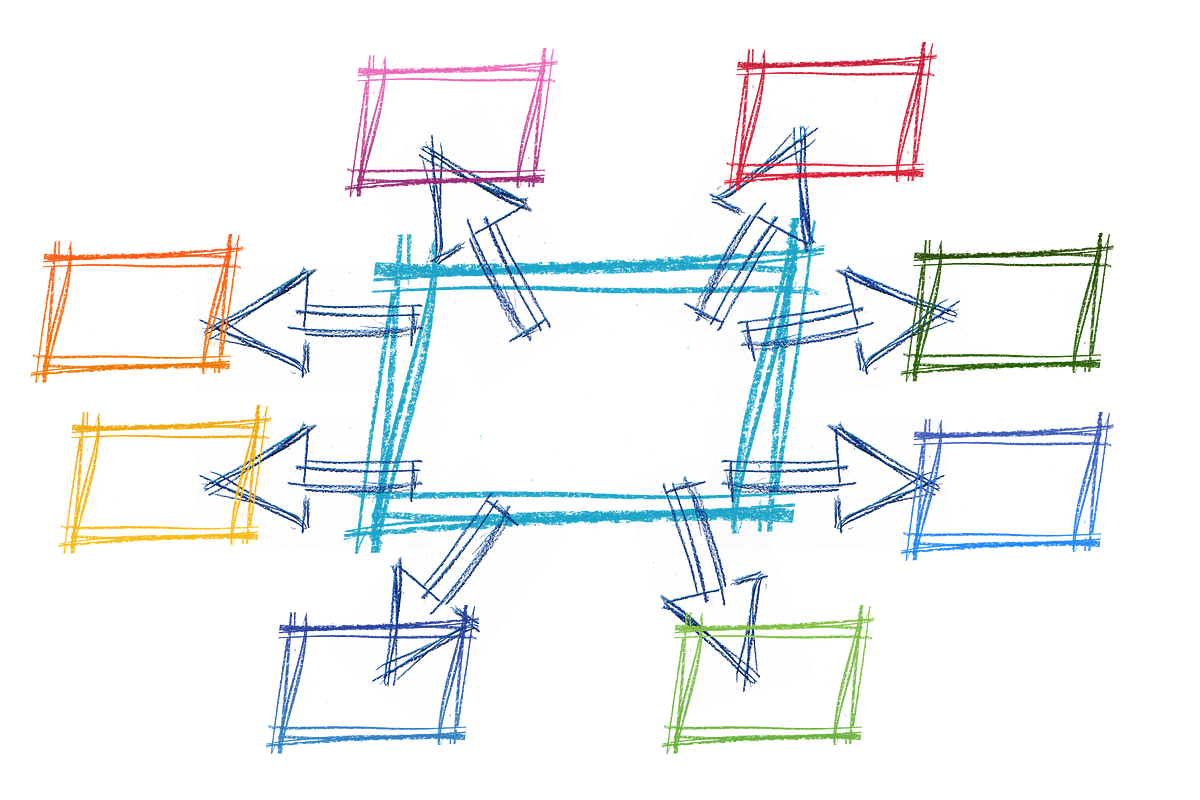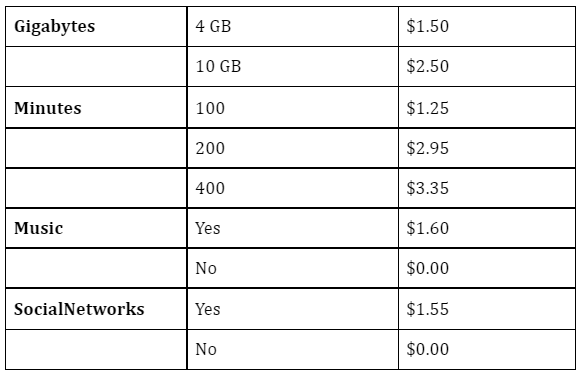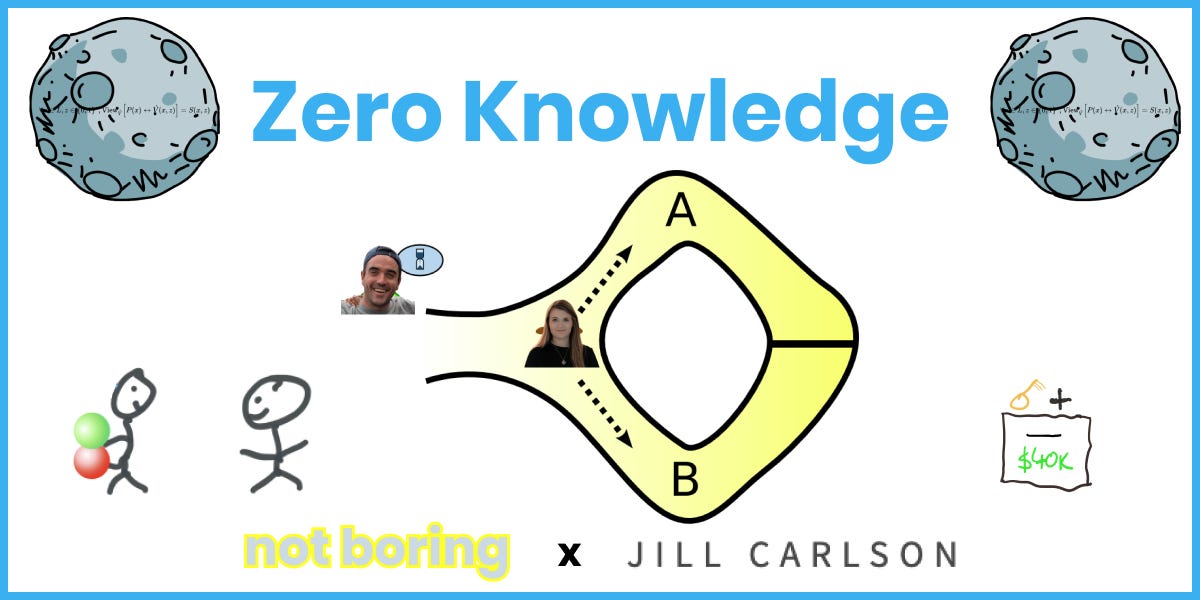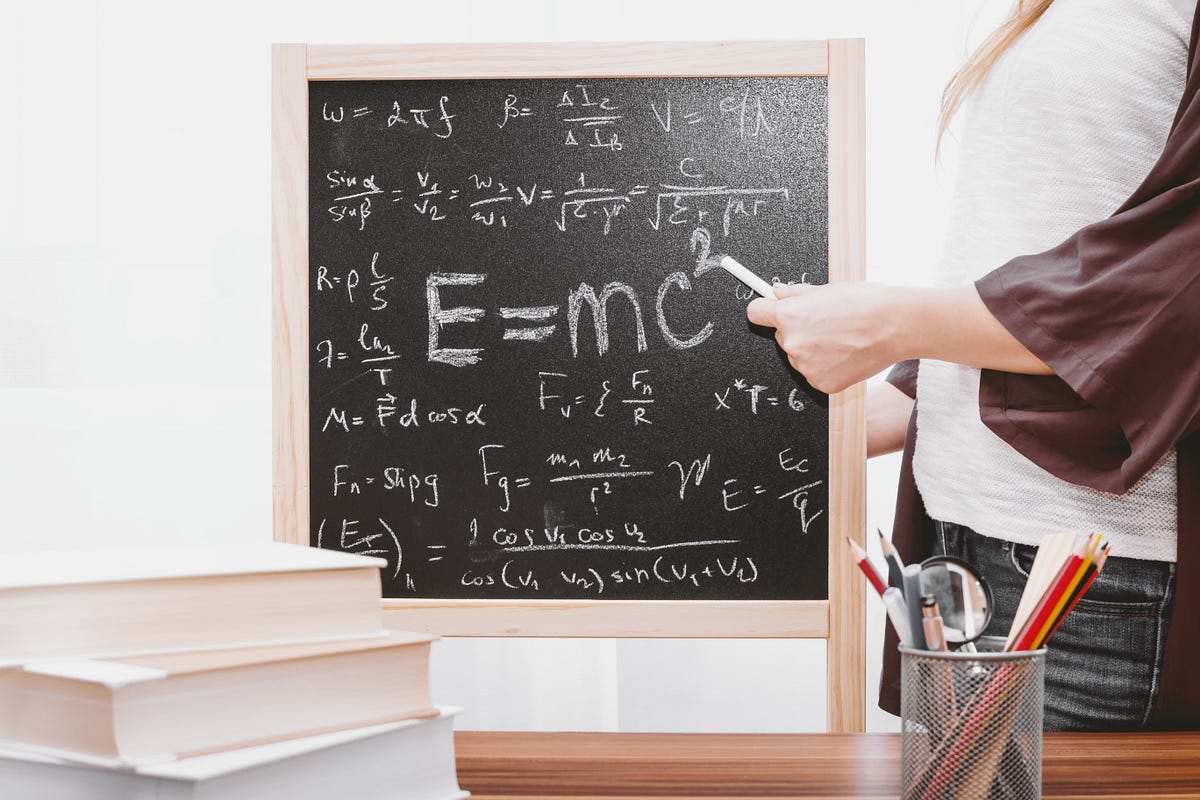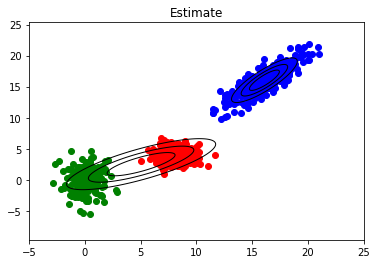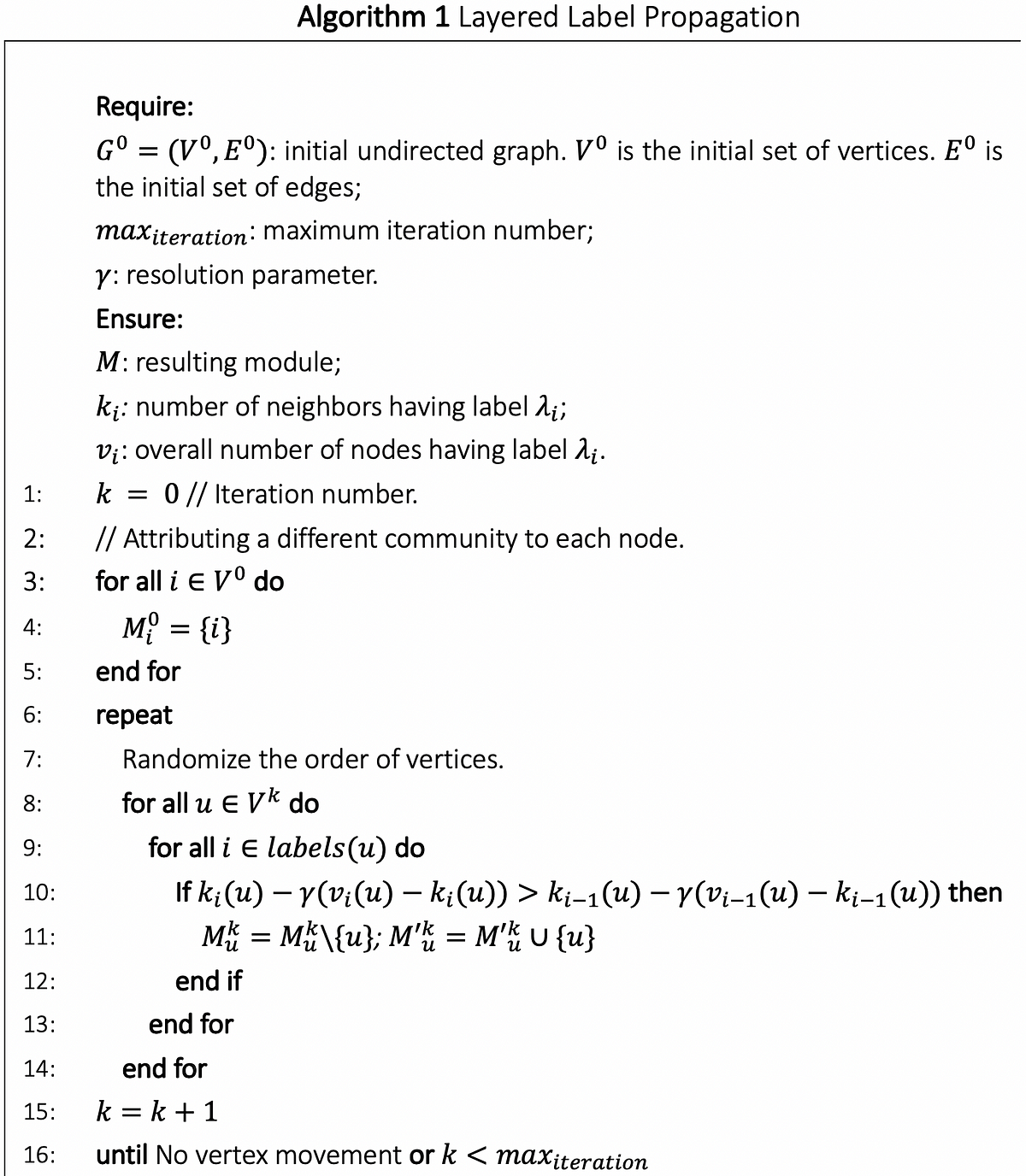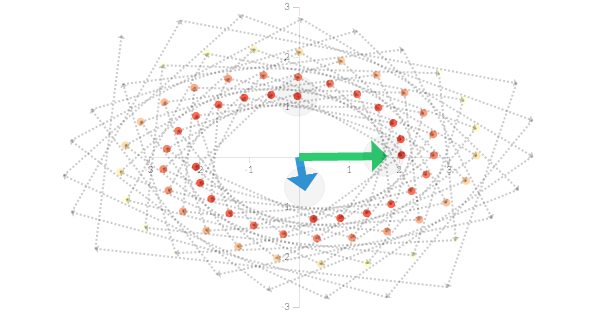algorithms-math
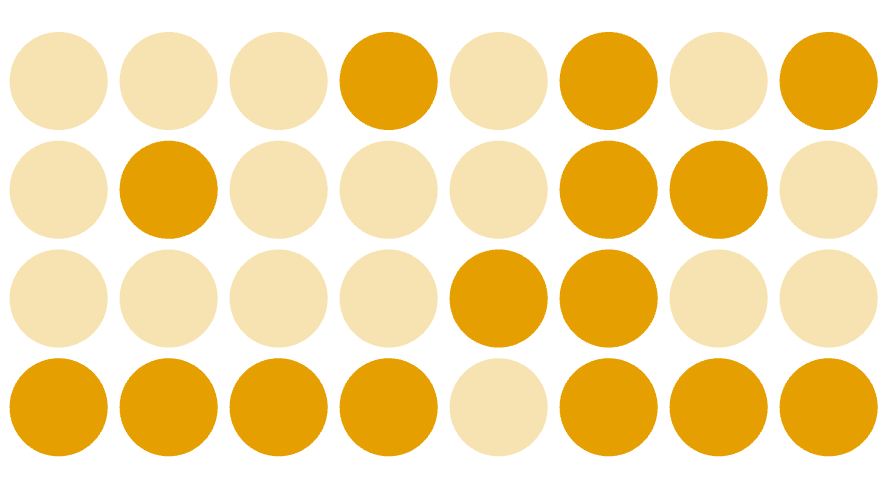
A visual, interactive guide to what bloom filters are, when you would use them, and how they work.

Evolutionary algorithms are optimization techniques inspired by natural evolution, solving complex problems through processes like selection, adaptation, and mutation.
Ruby implementation of Algorithms,Data-structures and programming challenges - kumar91gopi/Algorithms-and-Data-Structures-in-Ruby
In 1993, Intel released the high-performance Pentium processor, the start of the long-running Pentium line. I've been examining the Pentium'...

"A calculator app? Anyone could make that." (this was originally a https://x.com/ChadNauseam/status/1890889465322786878) Not true. A calculator should show you the result of the mathematical expressi…

A young computer scientist and two colleagues show that searches within data structures called hash tables can be much faster than previously deemed possible.

How a Key-Value (KV) cache reduces Transformer inference time by trading memory for computation
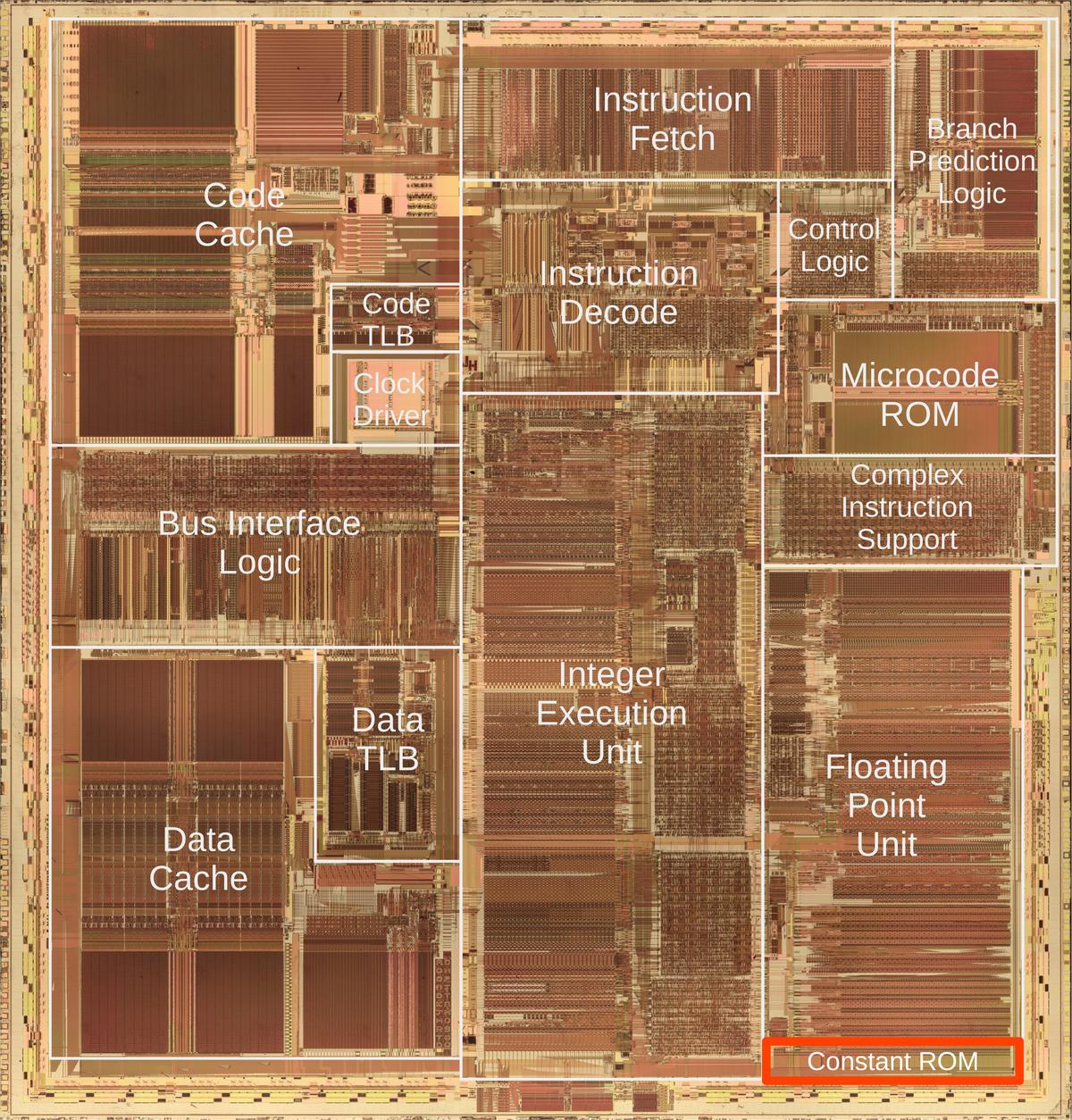
Intel released the powerful Pentium processor in 1993, establishing a long-running brand of high-performance processors. 1 The Pentium incl...

To celebrate Rafael Araujo's talent and vision, I have curated a selection of his most stunning illustrations, showcasing the elegance and intricacy of his work.

Cosine similarity - the duct tape of AI. Convenient but often misused. Let's find out how to use it better.

Dramatically Speed-Up your Learning Algorithm, with Stochastic Thinning. Includes use case, Python code, regression and neural network illustrations.

Support Vector Machines (SVMs) are a powerful and versatile supervised machine learning algorithm primarily used for classification and regression tasks. They excel in high-dimensional spaces and are particularly effective when dealing with complex datasets. The core principle behind SVM is to identify the optimal hyperplane that effectively separates data points into different classes while maximizing the margin between them. SVMs have gained significant popularity due to their ability to handle both linear and non-linear classification problems. By employing kernel functions, SVMs can map data into higher-dimensional feature spaces, capturing intricate patterns and relationships that may not be apparent in the

BM25 is a widely used algorithm for full text search. I wanted to understand how it works, so here is my attempt at understanding by re-explaining.

Solve design, planning, and control problems using modern AI techniques. Optimization problems are everywhere in daily life. What’s the fastest route from one place to another? How do you calculate the optimal price for a product? How should you plant crops, allocate resources, and schedule surgeries? Optimization Algorithms introduces the AI algorithms that can solve these complex and poorly-structured problems. In Optimization Algorithms: AI techniques for design, planning, and control problems you will learn: The core concepts of search and optimization Deterministic and stochastic optimization techniques Graph search algorithms Trajectory-based optimization algorithms Evolutionary computing algorithms Swarm intelligence algorithms Machine learning methods for search and optimization problems Efficient trade-offs between search space exploration and exploitation State-of-the-art Python libraries for search and optimization Inside this comprehensive guide, you’ll find a wide range of optimization methods, from deterministic search algorithms to stochastic derivative-free metaheuristic algorithms and machine learning methods. Don’t worry—there’s no complex mathematical notation. You’ll learn through in-depth case studies that cut through academic complexity to demonstrate how each algorithm works in the real world. Plus, get hands-on experience with practical exercises to optimize and scale the performance of each algorithm.

Research shows knowledge graphs and graph embeddings improve the quality and accuracy of Gen AI responses. Here’s how to get started.

A pseudorandom number generator may have good statistical properties but be insecure. But a physical RNG with good statistical properties is probably secure.

When their pay suddenly dropped, delivery drivers audited their employer
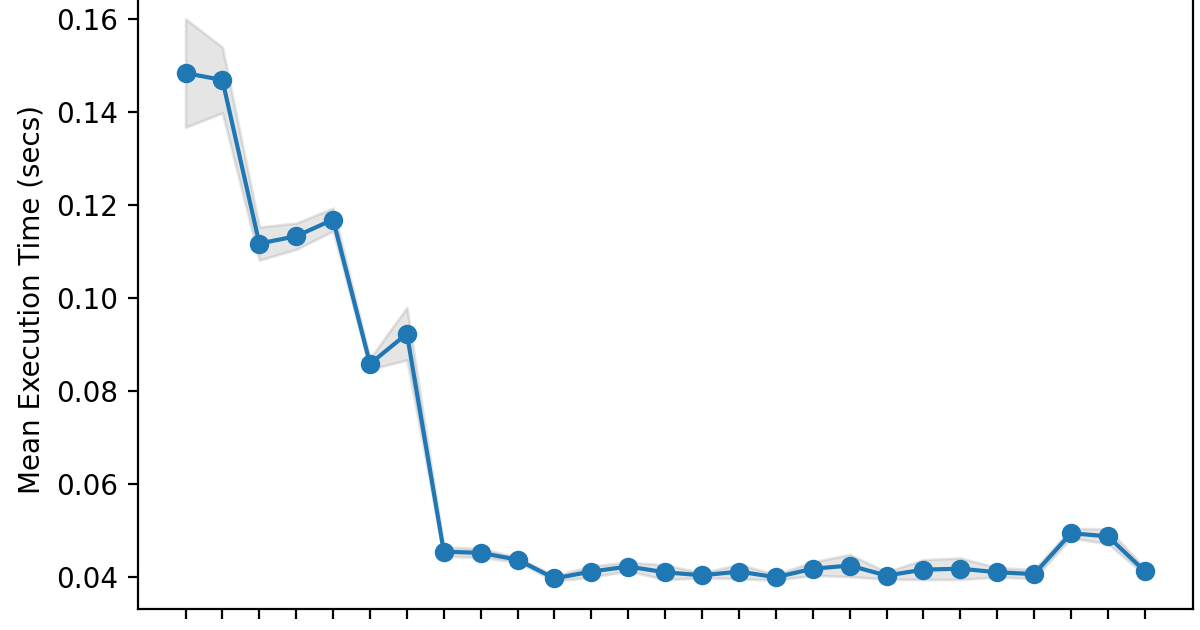
How phrase search works in search array by intersecting roaring-like numpy arrays.

Nscale has tested AMD's flagship Instinct MI300X AI accelerator utilizing the GEMM tuning framework, achieving 7x faster performance.

All that lexical search context you need to build that RAG app
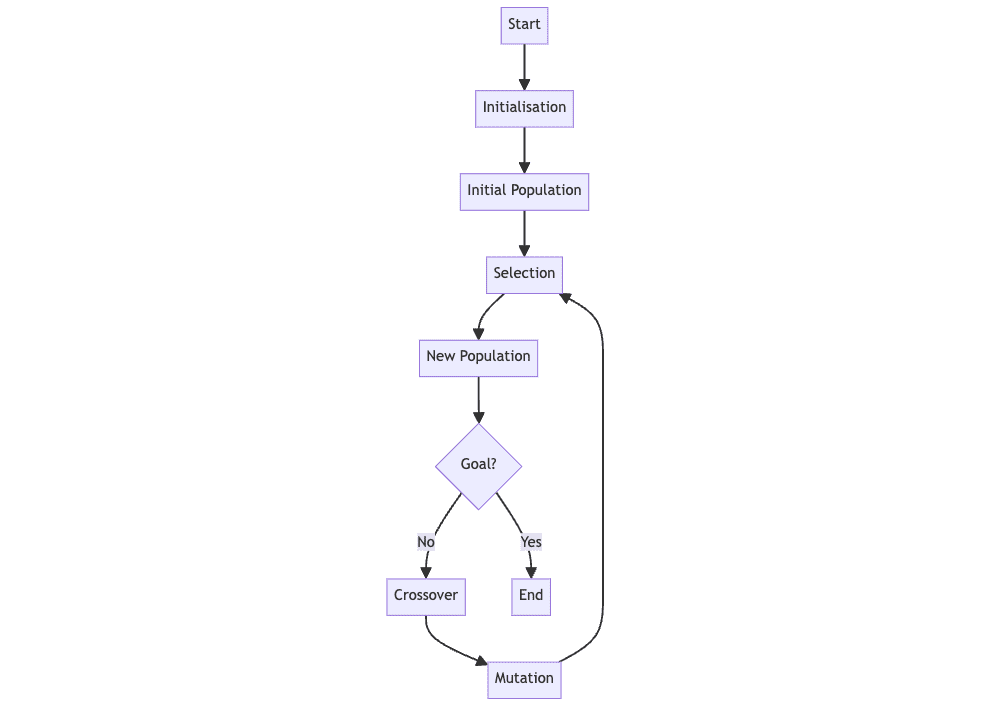
Understanding what genetic algorithms are and how they can be implemented in Python.
By Christos Kasparis, EnSilica EETimes (May 15, 2024) The rise of quanum computing paints a significant challenge for the cryptography we rely on today. The modern encryption standards we currently use to safeguard sensitive data and communications, such as DSA, public key RSA and those based on elliptic curves, will eventually be broken by
papad Hard to believe Sanjeev Arora and his coauthors consider it “a basic tool [that should be] taught to all algorithms students together with divide-and-conquer, dynamic programming, and random sampling.” Christos Papadimitriou calls it “so hard to believe that it has been discovered five times and forgotten.” It has formed the basis of algorithms in machine learning, optimization, game theory, economics, biology, and more. What mystical algorithm has such broad applications?

Current encryption methods will likely be broken by 2030. Embedded systems in development now will have a reasonable chance of encountering attacks.
an open source textbook and reference work on algebraic geometry
we help students master the Kalman Filter

More and more industries are adopting “dynamic pricing” — and consumers aren’t happy.

What’s easy for a computer to do, and what’s almost impossible? Those questions form the core of computational complexity. We present a map of the landscape.

1. Preface Garbage Collection (GC) is an important feature of automatic memory management...

A Schur decomposition of a matrix $latex A\in\mathbb{C}^{n\times n}$ is a factorization $LATEX A = QTQ^*$, where $LATEX Q$ is unitary and $LATEX T$ is upper triangular. The diagonal entries of $LAT…
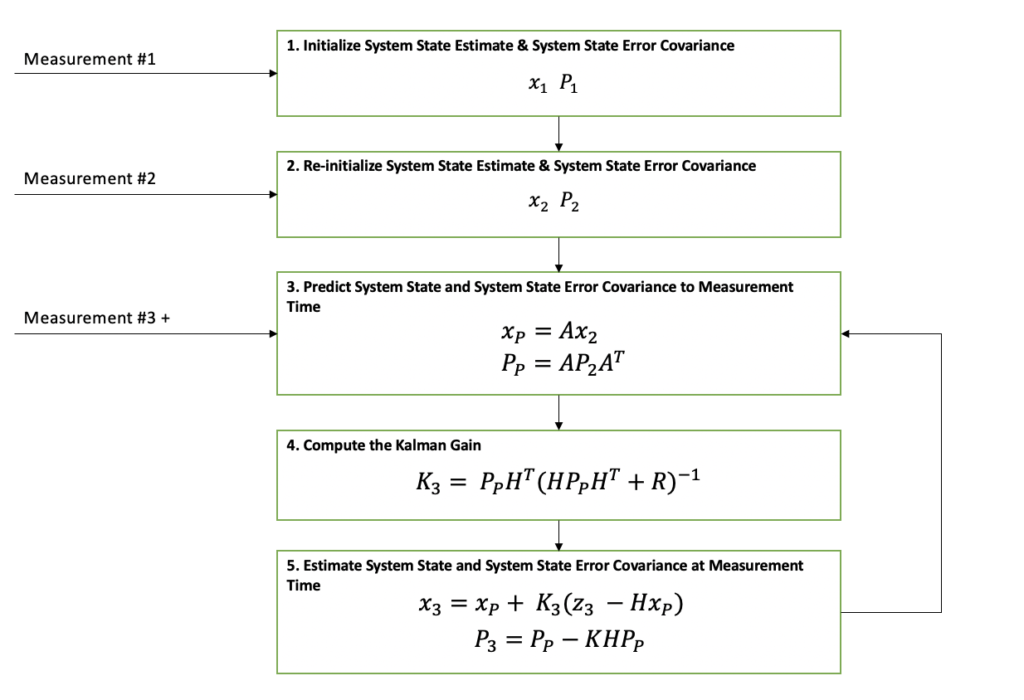
Tired of equations and matrices? Ready to learn the easy way? This post explains the Kalman Filter simply with pictures and examples!
Many Data Scientists overuse ML and neglect Mathematical Optimisation, even though it’s great for your career and easy to learn

Insanely fast and reliable smoothing and interpolation with the Whittaker-Eilers method.

In this article, I'll take you through the task of Market Basket Analysis using Python. Market Basket Analysis using Python.
Notebooks for the python tutorials of my youtube channel. See specific youtube video for link to specifc notebook. - lukepolson/youtube_channel
Definitions of algorithms, data structures, and classical Computer Science problems. Some entries have links to implementations and more information.
Open Source resource for learning Data Structures & Algorithms and their implementation in any Programming Language
Read my manifesto on Code as an alternative to Mathematics. Code for this article can be found on this Colab Notebook should you choose to follow along. Why Kalman Filters? Kalman filters are ingenius. If you have never heard of them, then a very intuitive (and arguably reductive) way to think about them is to
A case study with step-by-step code implementation

Hierarchical Navigable Small World (HNSW) is a state-of-the-art algorithm used for an approximate search of nearest neighbours. Under the…

In the first two parts of this series we have discussed two fundamental algorithms in information retrieval: inverted file index and…
Hierarchical Navigable Small World graphs (HNSW) is an algorithm that allows for efficient nearest neighbor search, and the Sentence…
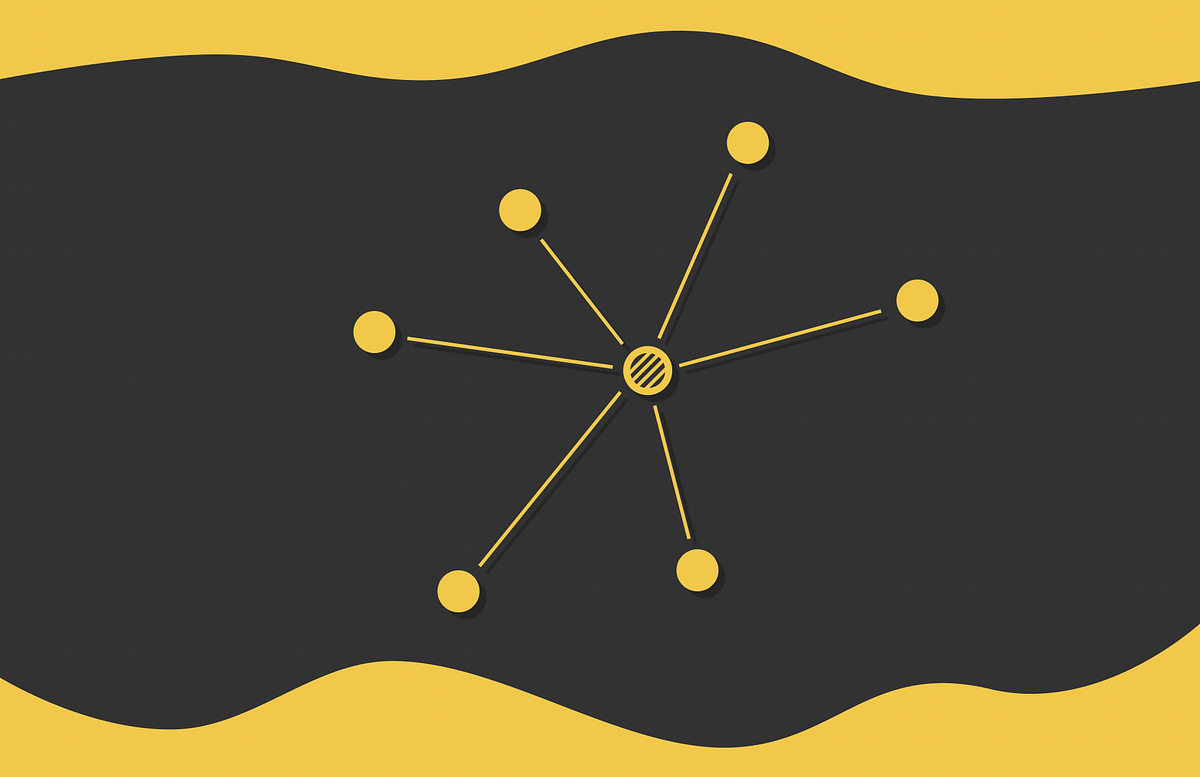
Similarity search is a popular problem where given a query Q we need to find the most similar documents to it among all the documents D.
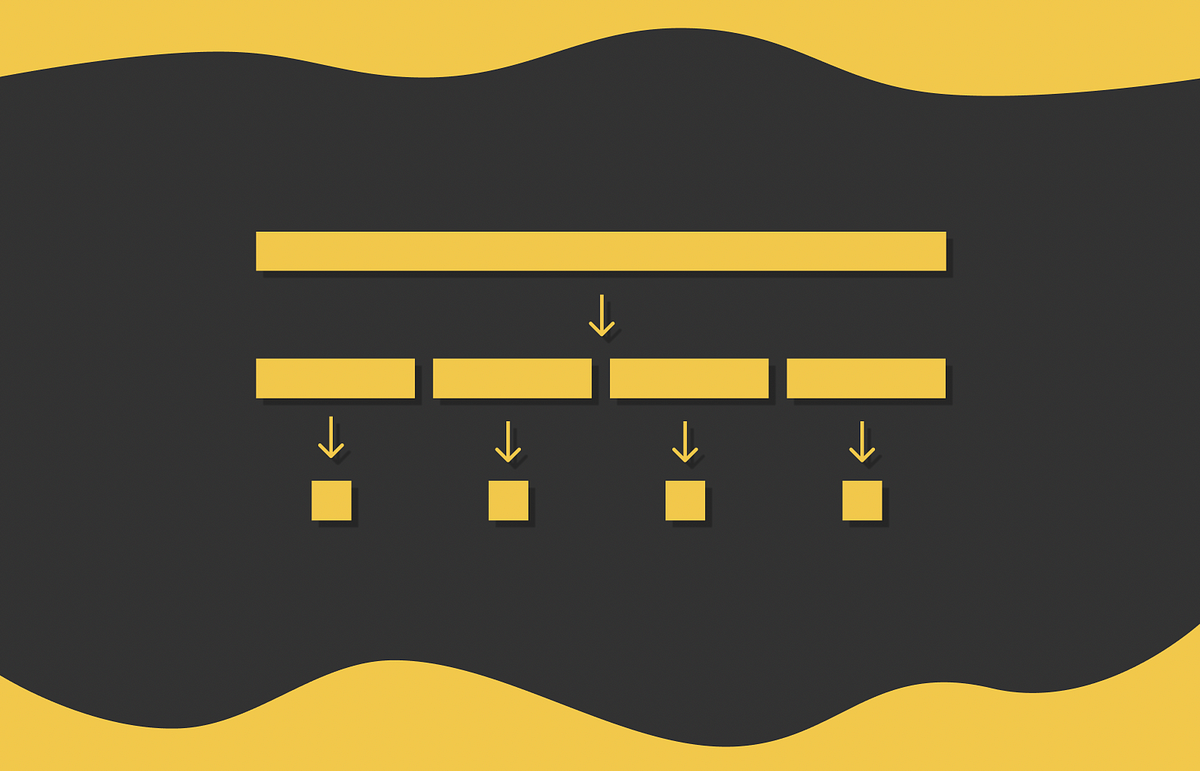
Learn a powerful technique to effectively compress large data
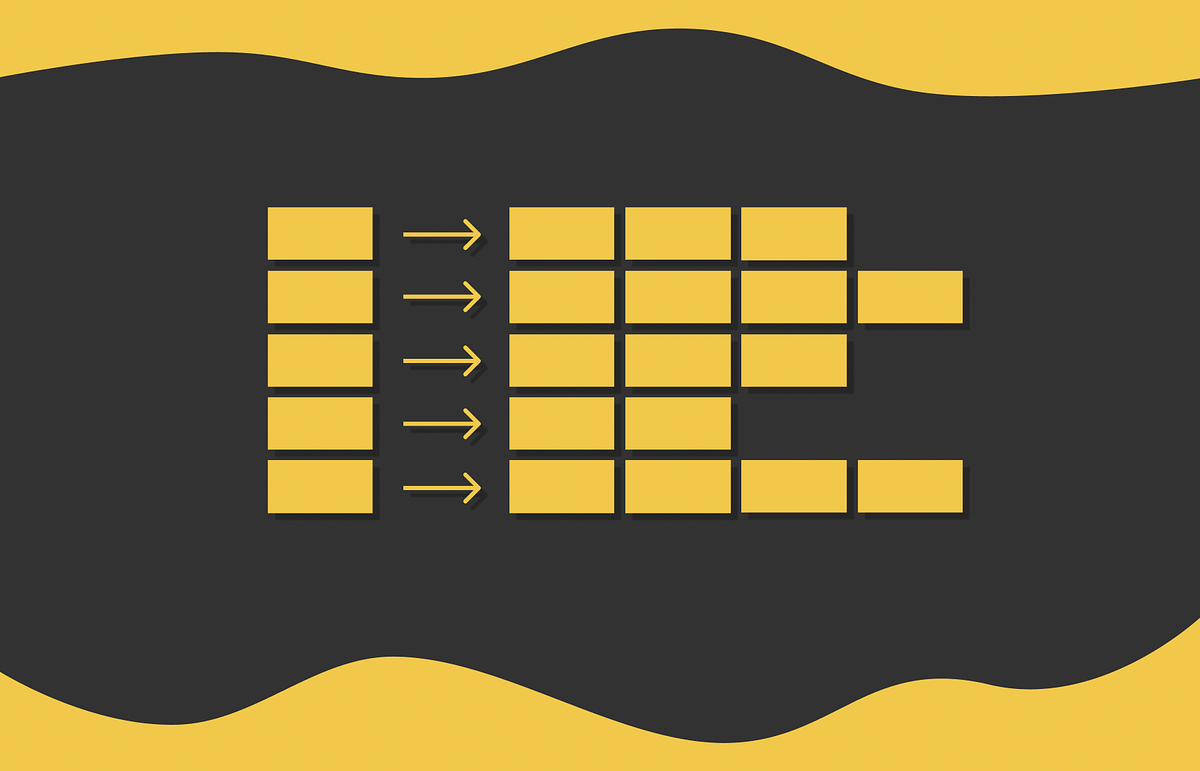
Explore how similarity information can be incorporated into hash function

Understand how to hash data and reflect its similarity by constructing random hyperplanes

Dive into combinations of LSH functions to guarantee a more reliable search

Introduction: In the quest to solve complex optimization problems and simulate natural evolution,...
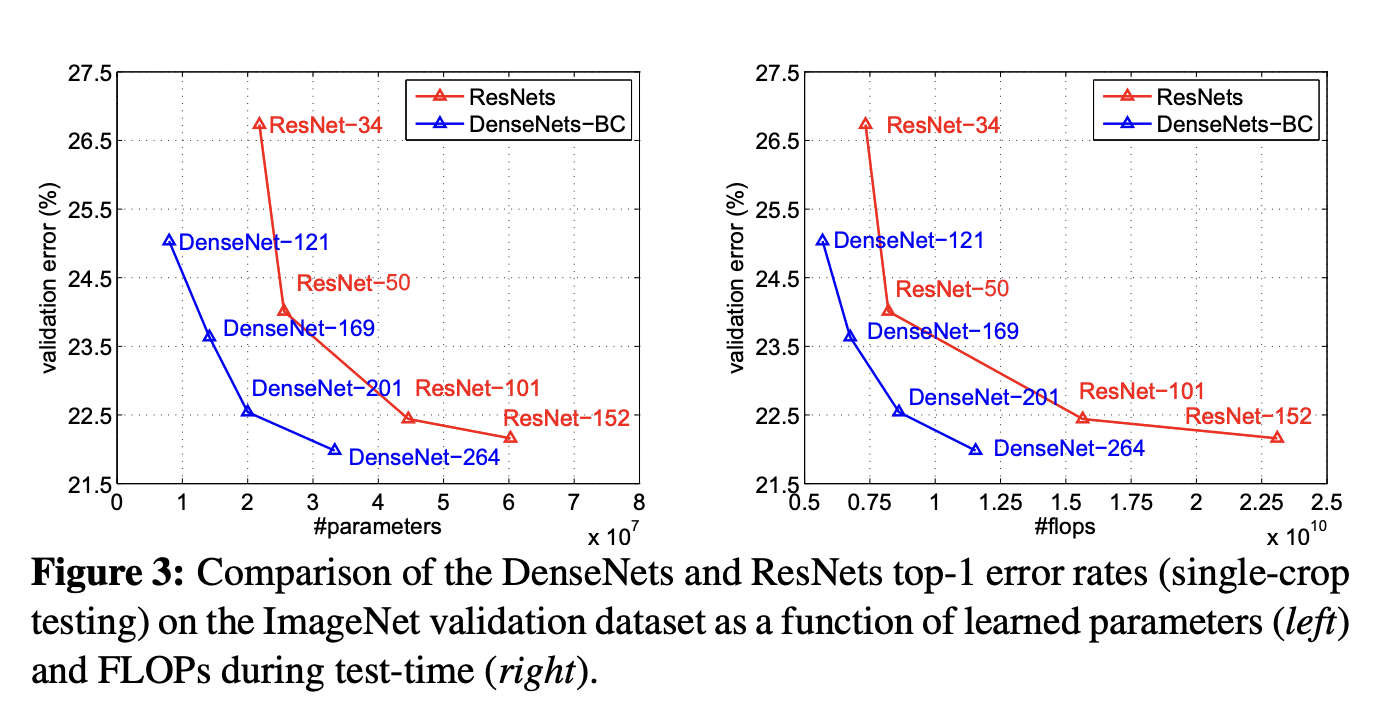
In this article we will learn about its definition, differences and how to calculate FLOPs and MACs using Python packages.

A simple geometric idea has been used to power advances in information theory, cryptography and even blockchain technology.

Concise summary of the Hilbert transform: mathematics, effects on signals, and applications in telecommunications.

Circular functions and hyperbolic functions are special cases of the Jacobi functions. This post shows how.
Breaking down one of the less well-known distributions in data science

Working code examples meant to clarify AlphaDev's deep learning assembly optimizations.
:extract_focal()/http%3A%2F%2Fstatic.nautil.us%2F6235_c5c64c10cfd77b16a03aa81f09499f25.png)
Andrew Wiles thought he had a solution to an age-old puzzle. Until it began to unravel.
:extract_focal()/https%3A%2F%2Fs3.amazonaws.com%2Fpocket-collectionapi-prod-images%2Fdccb57b4-90f8-4e58-8b0c-2d816220cd7f.png)
It’s not easy to see inside a black-box. Here’s how WIRED journalists report on the technologies that quietly shape our lives.

Understanding the most underrated trick in applied Machine Learning

Telfar has introduced a “Live Price” pricing model based on customer demand.

Why do we use the logistic and softmax functions? Thermal physics may have an answer.

How bid density impacts ads, recommender systems, and salary negotiations.
A researcher has solved a nearly 60-year-old game theory dilemma called the wall pursuit game, with implications for better reasoning about autonomous systems such as driver-less vehicles.

I really enjoyed reading Algorithmic Trading: A Practitioner’s Guide by Jeffrey M. Bacidore. Before starting, I imagined it would cover various strategies for trading in the markets, along th…

While world record holders may have memorized more than 70,000 digits of pi, a JPL engineer explains why you really only need a tiny fraction of that for most calculations – even at NASA.
List of parsing algorithms

Geoffrey Hinton, professor at the University of Toronto and engineering fellow at Google Brain, recently published a paper on the Forward-Forward algorithm (FF), a technique for training neural networks that uses two forward passes of data through the network, instead of backpropagation, to update the model weights.
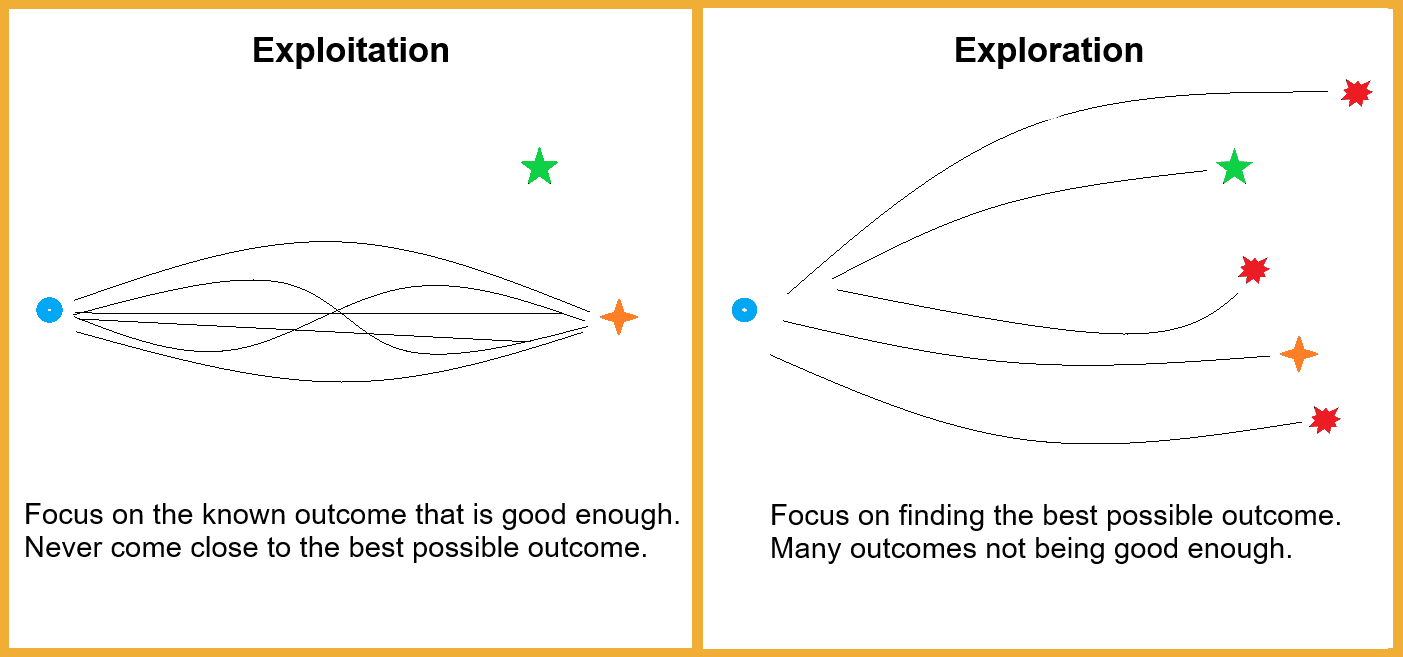
Delve deeper into the concept of multi-armed bandits, reinforcement learning, and exploration vs. exploitation dilemma.

Graph-based models capture correlations efficiently enough to enable machine learning at scale.

This is the Fourier Transform. You can thank it for providing the music you stream every day, squeezing down the images you see on the Internet into tiny

Let's say you want to send an encrypted message to your friend in order to avoid it being intercepted...

NIST has formally retired the widely used 27-year-old SHA-1 cryptographic algorithm, bringing cryptographic security into the modern age.

How to Choose the Best Machine Learning Technique: Comparison Table

What is a wave function and why does it collapse? Wave function collapse is a algorithm...

When quantum computers become powerful enough, they could theoretically crack the encryption algorithms that keep us safe. The race is on to find new ones.
The guide provides a practical introduction to Digital Signal Processing, covering a wide range of topics. It is an ideal introduction for those new to DSP, and an excellent reference for more experie
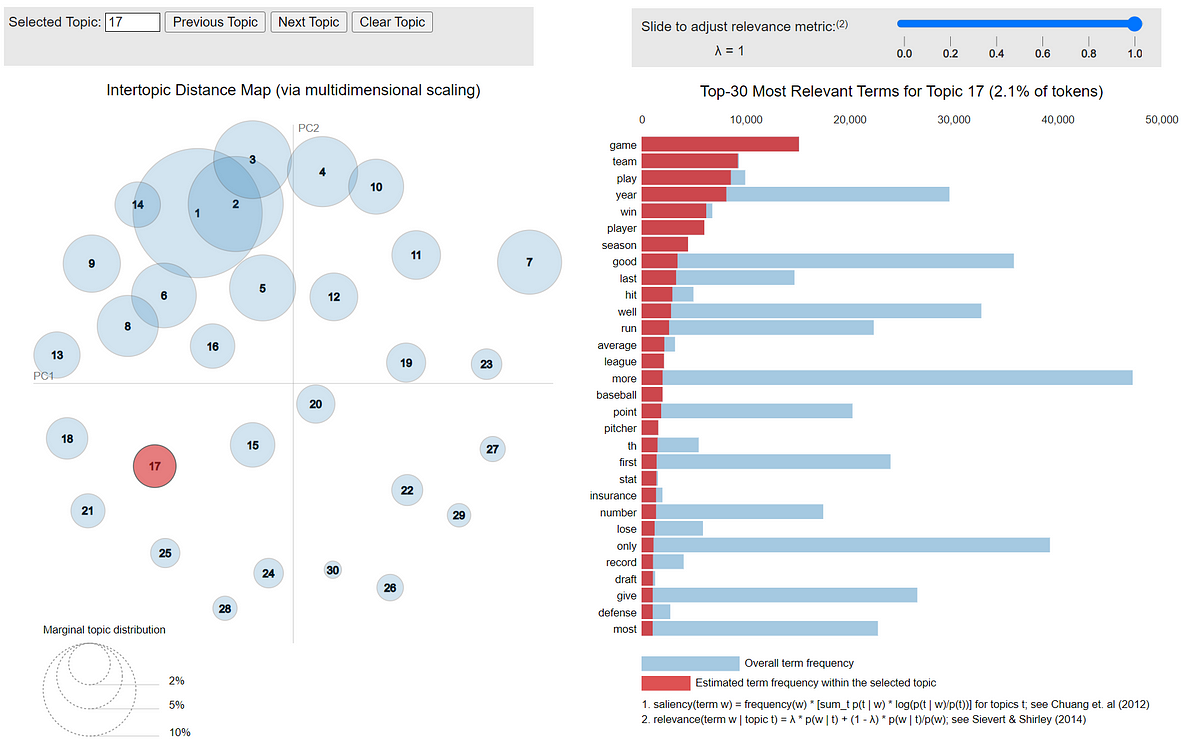
A comparison between different topic modeling strategies including practical Python examples
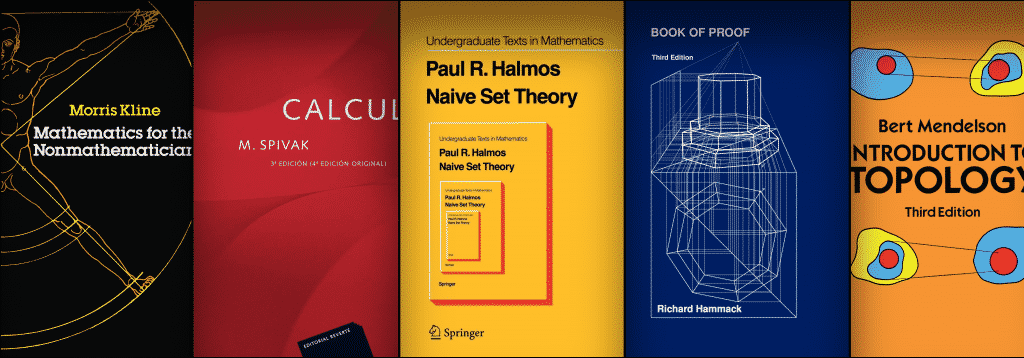
We have curated almost thirty suggested math books by Neil Sainsbury for self-learners. All those books help you in different fields of math.

From a theoretical introduction to the hands-on implementation: here’s what you need to know about the Chirplet Transform

A detailed primer on Roaring bitmaps explaining what they are, how they're different from traditional bitmaps, and how they work internally.
The Cyber Swiss Army Knife - a web app for encryption, encoding, compression and data analysis

Left unchecked, pricing algorithms might unintentionally discriminate and collude to fix prices
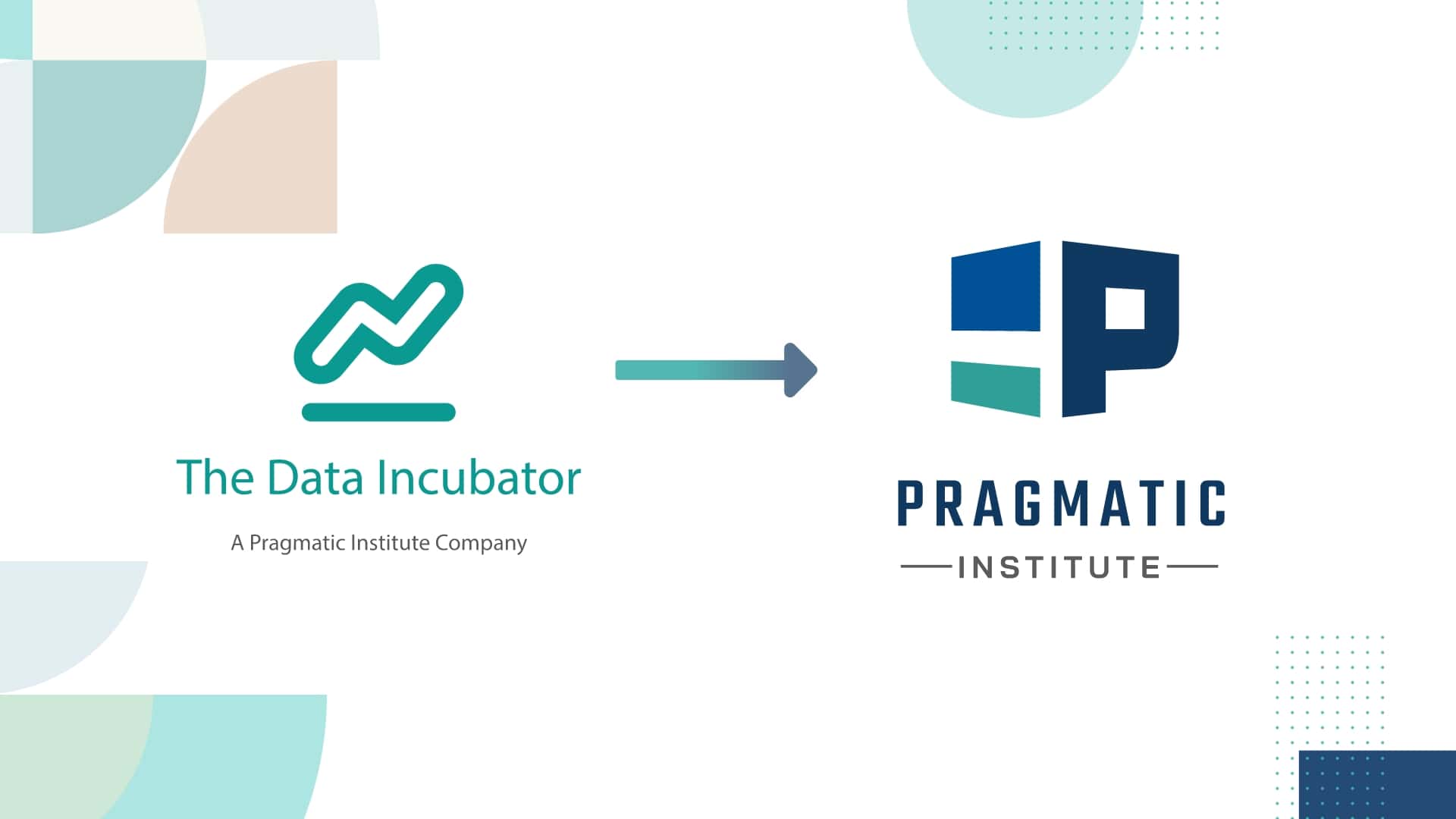
As of 2024, The Data Incubator is now Pragmatic Data! Explore Pragmatic Institute’s new offerings, learn about team training opportunities, and more.
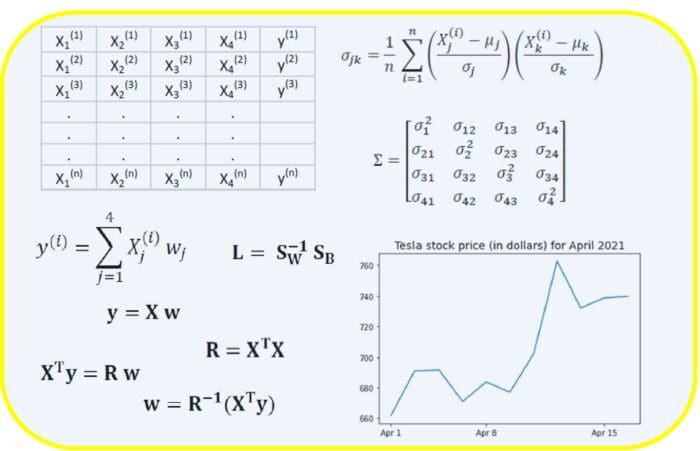
In this article, we discuss the importance of linear algebra in data science and machine learning.

Brain-inspired unsupervised machine learning through competition, cooperation and adaptation
Quantifying Uncertainty in Computation.
No need to worry about getting stuck in local minima anymore
Illustrated study guides ideal for visual learners.

Personalization algorithms influence what you’ve chosen yesterday, what you choose today and what you’ll be choosing tomorrow. Simultaneously, there seems to be something wrong with personalization. We are continuously bumping into obtrusive, uninteresting ads. Our digital personal assistant isn’t that personal at all. We’ve lost friends to the algorithmic abyss of the News feed. The content we encounter online seems to repeat the same things again and again.

More and more companies are announcing new products based on human curation, even as the most important content players — Google and Facebook — rely on algorithms. When does curation make sense, an…

Six matrix factorizations dominate in numerical linear algebra and matrix analysis: for most purposes one of them is sufficient for the task at hand. We summarize them here. For each factorization …

The Shazam music recognition application made it finally possible to put a name to that song on the radio. But how does this magical miracle actually work? In this article, Toptal Freelance Software Engineer Jovan Jovanovic sheds light on the principles of audio signal processing, fingerprinting, and recognition,...

Here at Trail of Bits we review a lot of code. From major open source projects to exciting new proprietary software, we’ve seen it all. But one common denominator in all of these systems is that fo…

Machine learning is a subfield of artificial intelligence (AI) and computer science that focuses on using data and algorithms to mimic the way people learn, progressively improving its accuracy. This way, Machine Learning is one of the most interesting methods in Computer Science these days, and it'

A detailed explanation of Bézier curves, and how to do the many things that we commonly want to do with them.

There are many great boosting Python libraries for data scientists to reap the benefits of. In this article, the author discusses LightGBM benefits and how they are specific to your data science job.
📝 Algorithms and data structures implemented in JavaScript with explanations and links to further readings - trekhleb/javascript-algorithms
📚 Papers & tech blogs by companies sharing their work on data science & machine learning in production. - eugeneyan/applied-ml

Quantum Lab: Scientists are fabricating quantum photonic circuits—consisting of waveguides and other elements—to manipulate single photons for future quantum communications and processing.Oak Ridge National Laboratory / Flickr Nautilus Members enjoy an ad-free experience. Log in or Join now . Justin Trudeau, the Canadian prime minister, certainly raised the profile of quantum computing a few notches […]
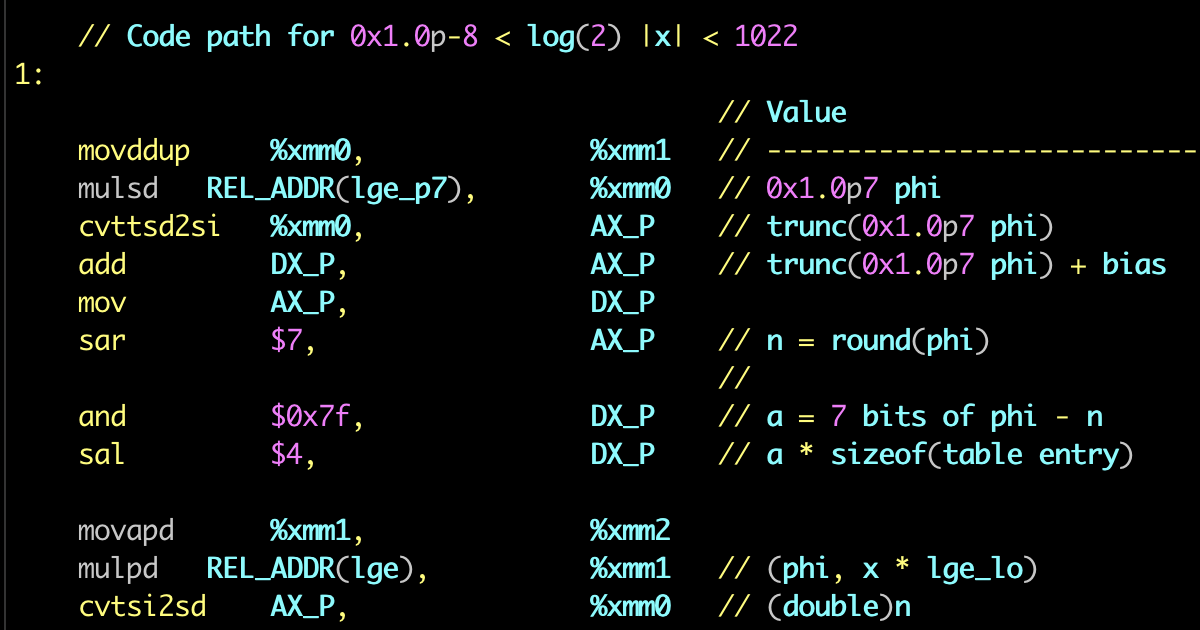
An essay that bids farewell to x87 – a computing architecture too long for this world.

What We Talk about When We Talk about Performance.
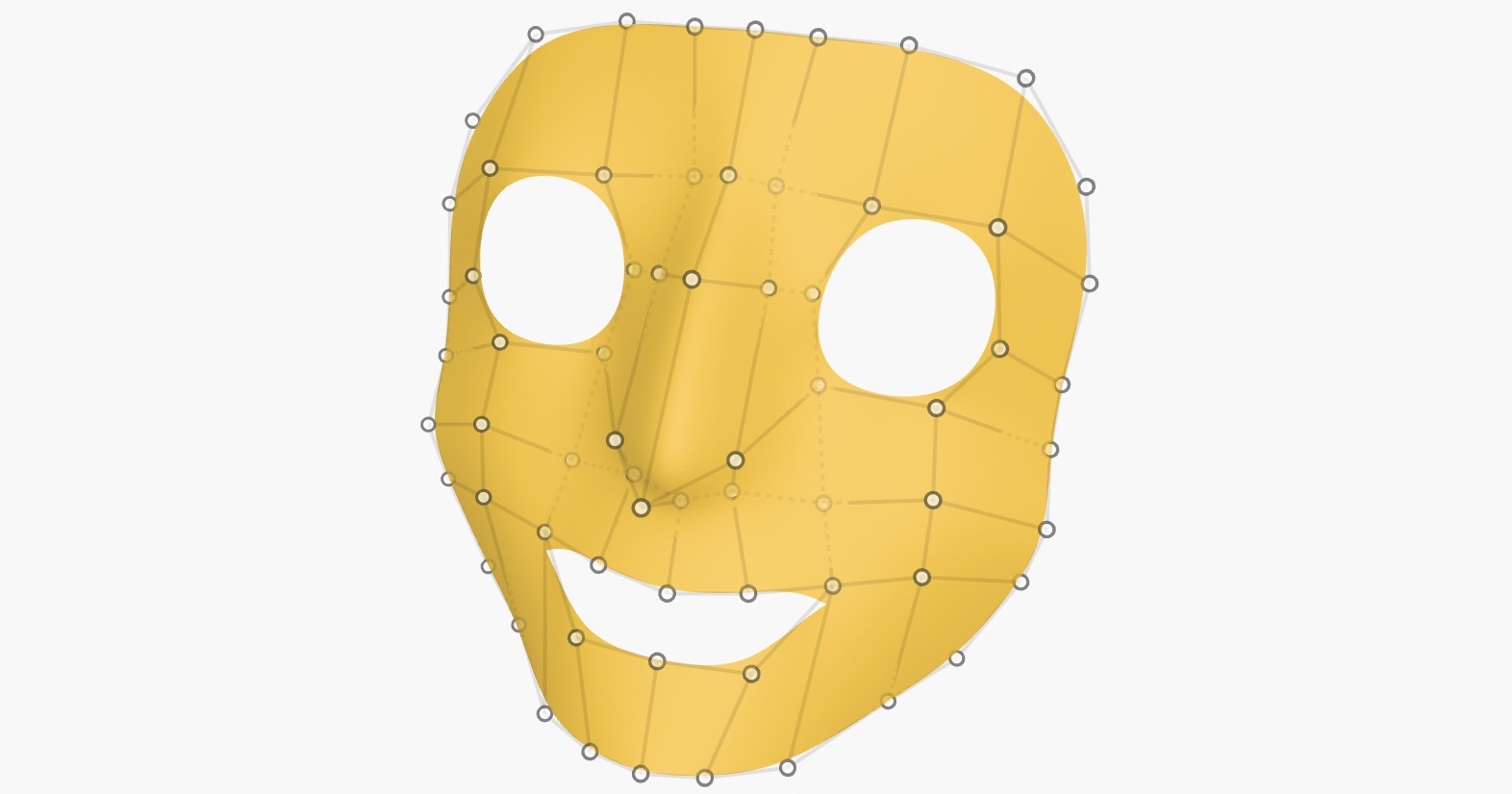
Interactive article explaining how curves and surfaces are modeled.
An introduction to the Kalman and Particle Filters and their applications in fields such as Robotics and Reinforcement Learning.

Multiplying matrices is among the most fundamental and compute-intensive operations in machine learning. Consequently, there has been significant work on efficiently approximating matrix...
The ten essential computer vision terminologies that everyone should learn to become more proficient at computer vision with sample codes
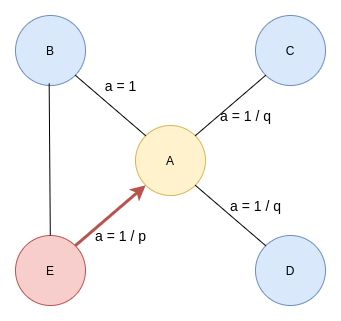
An in-depth guide to understanding node2vec algorithm and its hyper-parameters

What would a totally new search engine architecture look like? Who better than Julien Lemoine, Co-founder & CTO of Algolia, to describe what the future of search will look like. This is the first article in a series. Search engines, and more generally, information retrieval systems, play a central role in

This is part 3 of a series on bot programming originally published on the Coder One blog. Part 1:...

Explanation and examples of frequent itemset mining and association rule learning over relational databases in Python

Poisson's Equation is an incredibly powerful tool...

Reconstructing Images using Reinforcement Learning and Genetic Algorithms

In this edition of the Algorithm Tutorial series, we're going to break down the Heap data structure...

It’s even more astonishing than Dan Brown and Pepsi thought.
This is the first in a series of articles about Information Theory and its relationship to data driven enterprises and strategy. While…
"One person's data is another person's noise." ― K.C. Cole - manjunath5496/Data-Technology-Books

In this story, we are going to discuss an application of dynamic programming techniques to an optimization algorithm. Through the process of developing an optimal solution, we get to study a variety…

A recent paper set the fastest record for multiplying two matrices. But it also marks the end of the line for a method researchers have relied on for decades to make improvements.
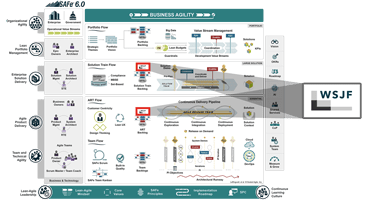
Weighted Shortest Job First (WSJF) is a prioritization model used to sequence work for maximum economic benefit. In SAFe, WSJF is estimated as the relative cost of delay divided by the relative job duration.

Demystifying the inner workings of BFGS optimization

For statistics and control theory, Kalman filtering, also known as linear quadratic estimation, is an algorithm that uses a series of measurements observed over time, including statistical noise and other inaccuracies, and produces estimates of unknown variables that tend to be more accurate than those based on a single measurement alone, by estimating a joint probability distribution over the variables for each timeframe. The filter is constructed as a mean squared error minimiser, but an alternative derivation of the filter is also provided showing how the filter relates to maximum likelihood statistics. The filter is named after Rudolf E. Kálmán, who was one of the primary developers of its theory.

Instacart crunches petabytes daily to predict what will be on grocery shelves and even how long it will take to find parking

The Huffman Coding algorithm is a building block of many compression algorithms, such as DEFLATE - which is used by the PNG image format and GZIP.

Neural Cellular Automata learn to generate textures, exhibiting surprising properties.

This is a collection of introductory, expository notes on applied category theory, inspired by the 2018 Applied Category Theory Workshop, and in these notes we take a leisurely stroll through two...
:extract_focal()/https%3A%2F%2Fpocket-syndicated-images.s3.amazonaws.com%2Farticles%2F5796%2F1601055329_Graph_826_MHeule_5K.jpg)
By making the first progress on the “chromatic number of the plane” problem in over 60 years, an anti-aging pundit has achieved mathematical immortality.
Master these data structures to land in your next data science job
This website is for sale! benchmarkfcns.xyz is your first and best source for all of the information you’re looking for. From general topics to more of what you would expect to find here, benchmarkfcns.xyz has it all. We hope you find what you are searching for!
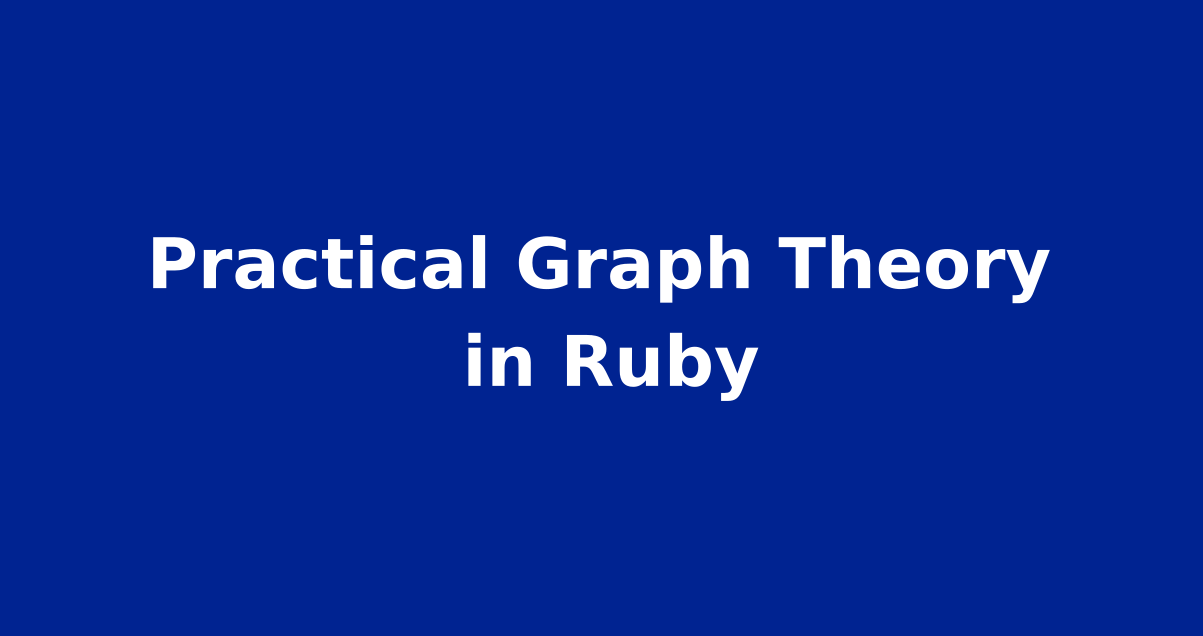
This is the next installment in the "Practical Computer Science" series, where you will learn how to apply classic computer science concepts to solve real problems using Ruby. Today we are going to talk about Graph
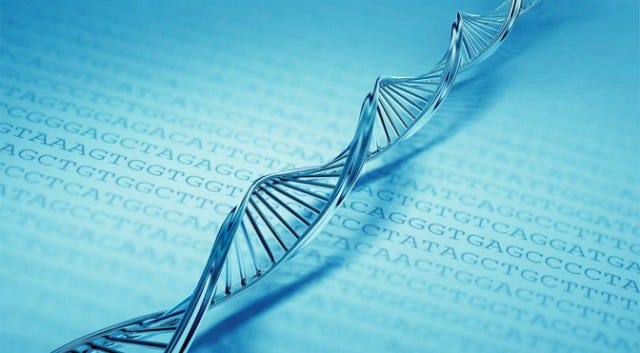
The string matching problem also known as “the needle in a haystack” is one of the classics. This simple problem has a lot of application…

Demystifying the inner workings of BFGS optimization
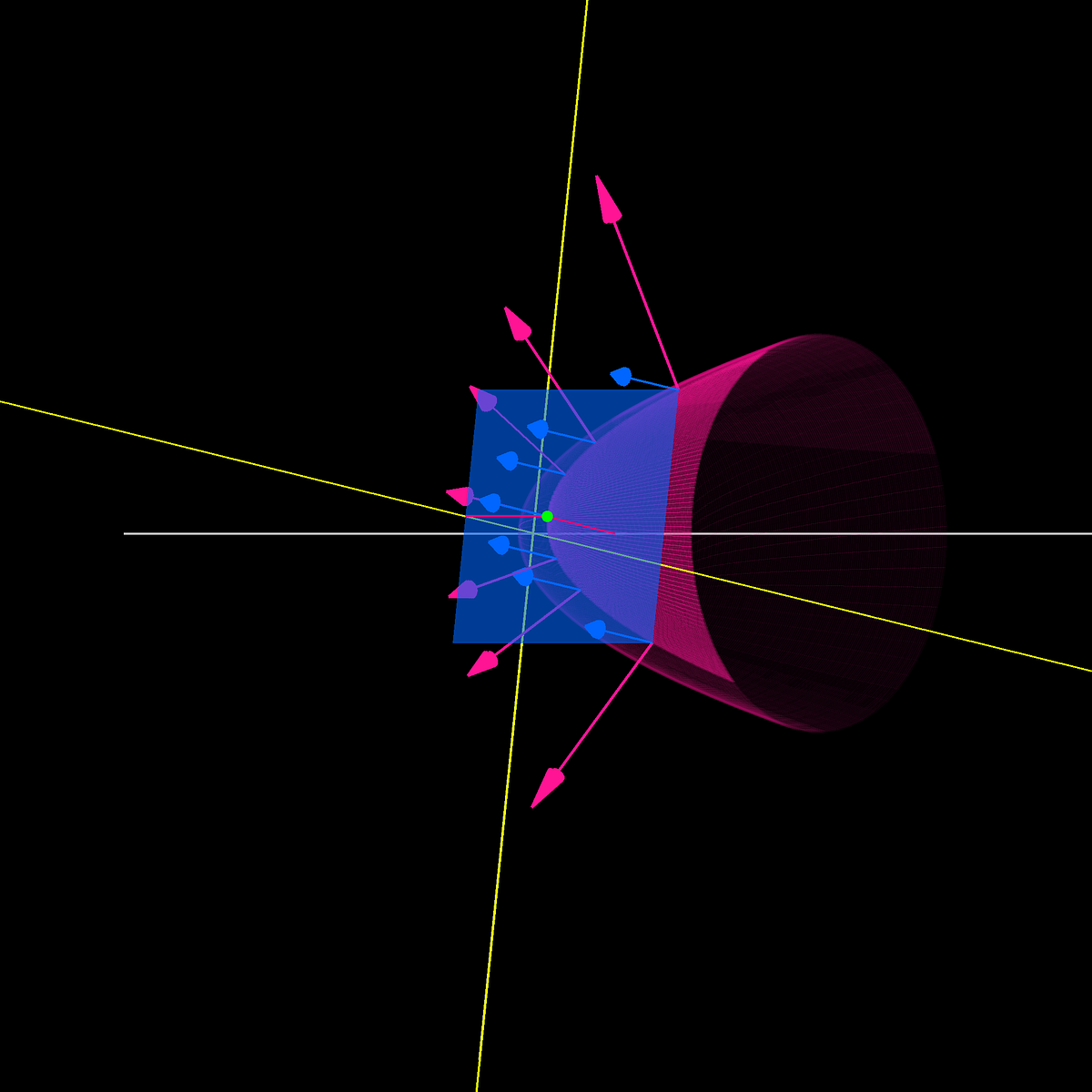
In this story, we’re going to take an aerial tour of optimization with Lagrange multipliers. When do we need them? Whenever we have an…
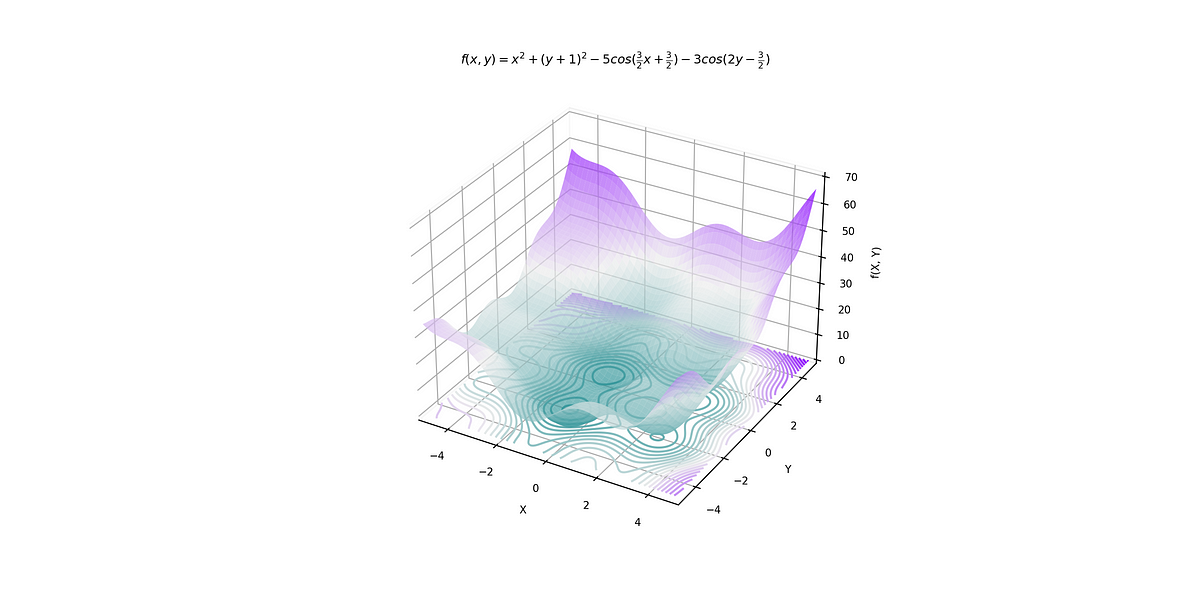
Learn PSO algorithm as a bedtime story with GIFs and python code
:extract_focal()/https%3A%2F%2Fpocket-syndicated-images.s3.amazonaws.com%2Farticles%2F5764%2F1600883060_Problem_classes_2880lede.jpg)
What’s easy for a computer to do, and what’s almost impossible? Those questions form the core of computational complexity. We present a map of the landscape.

Understand how the Discrete Cosine Transform or DCT works and is used in Image and Video compression to reduce the size of the data without affecting quality.
:extract_focal()/https%3A%2F%2Fpocket-syndicated-images.s3.amazonaws.com%2Farticles%2F5761%2F1600875652_GettyImages-94379817.jpgrotate.jpg)
The Navier-Stokes equations describe simple, everyday phenomena, like water flowing from a garden hose, yet they provide a million-dollar mathematical challenge.

In this post, I am going to be talking about some of the most important graph algorithms you should know and how to implement them using Python.

Understand the basic functions required for computing time complexity

Intuitive explanations for the Normal, Bernoulli, Binomial, Poisson, Exponential, Gamma and Weibull distribution — with Python example code

Floating-point formats are not the most glamorous or (frankly) the important consideration when working with deep learning models: if your model isn’t working well, then your floating-point format certainly isn’t going to save you! However, past a certain point of model complexity/model size/training time, your choice of floating-point format can have a significant impact on your model training times and even performance. Here’s how the rest of this post is structured:

Data Structures & Algorithms (DSA) is often considered to be an intimidating topic - a common...

Science News, Physics, Science, Philosophy, Philosophy of Science
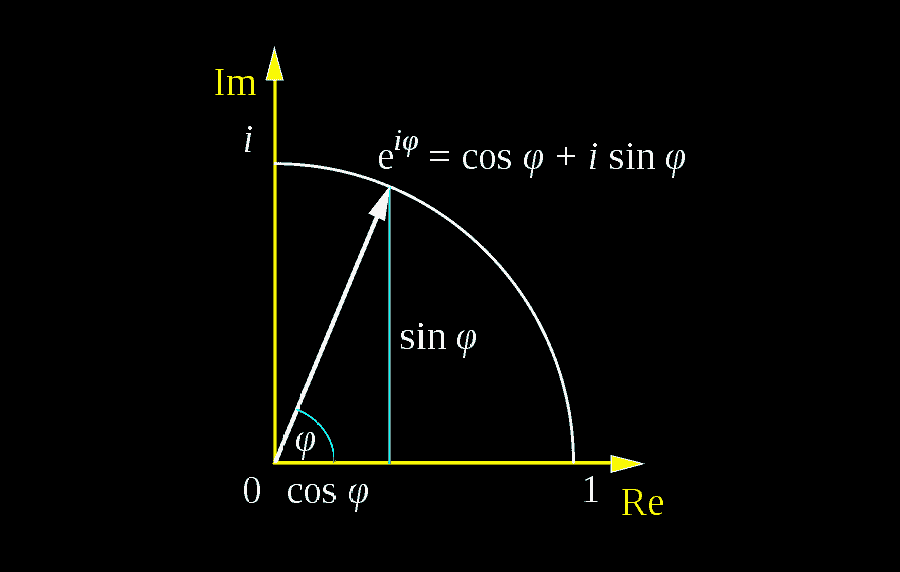
A complete guide on the famous Euler's formula for complex numbers, along with its interpretations, examples, derivations and numerous applications.

Get the Book on Evolutionary Algorithms (With Python Notebooks) https://datacrayon.com/shop/product/practical-evolutionary-algorithms-book/ 3:06 - To skip to the main content Twitter: @ShahinRostami (http://twitter.com/ShahinRostami) An introduction to the topic of Evolutionary Computation, with a simple example of an Evolutionary Algorithm. This introduction is intended for everyone, specially those who are interested in learning about something new. No pre-existing knowledge of the subject or any scientific background is expected. More educational content: https://shahinrostami.com Slides: https://www.researchgate.net/publication/310365190_Introduction_to_Evolutionary_Algorithms Further playing: http://rednuht.org/genetic_cars_2/ http://boxcar2d.com Related Topics: optimisation, machine learning, neural network
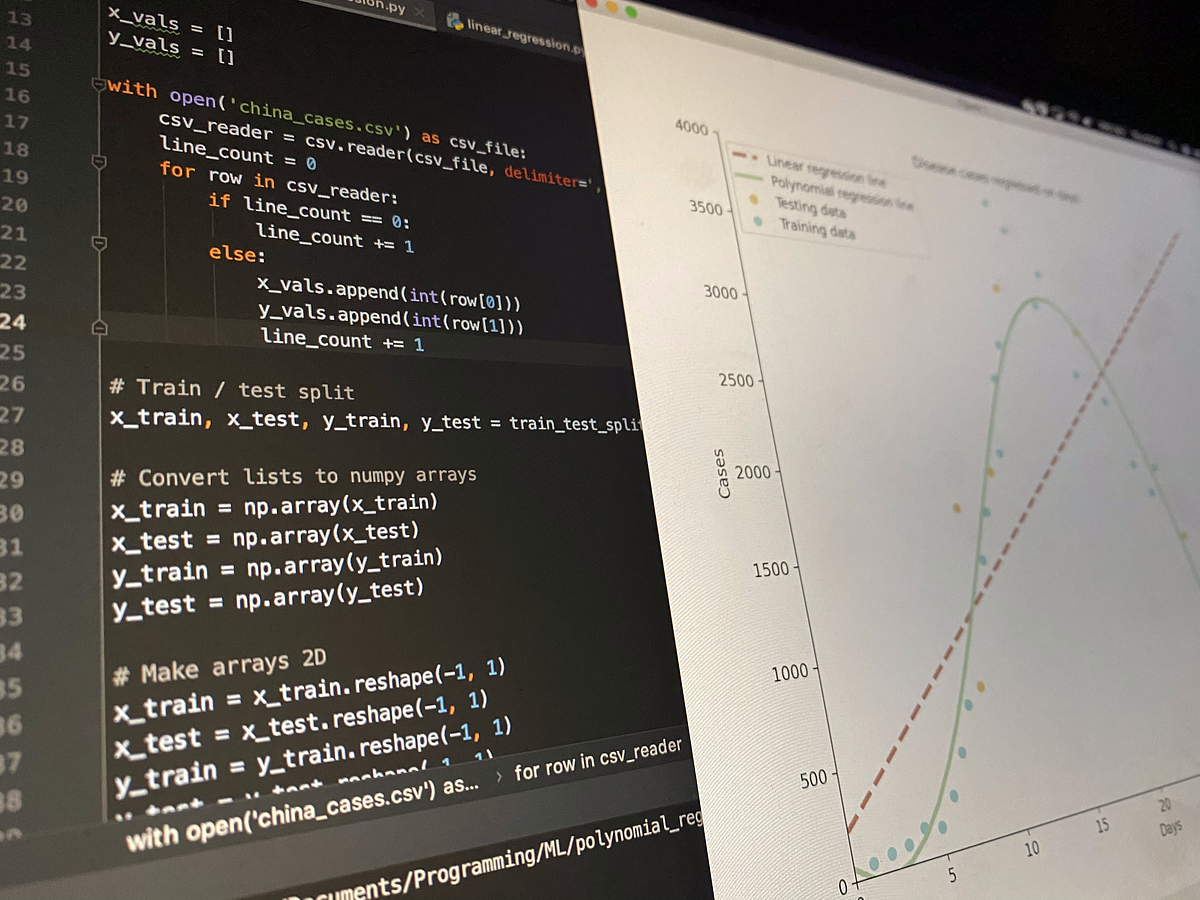
A deep-dive into the theory and application behind this Machine Learning algorithm in Python, by a student

Do you actually use data structures and algorithms on your day to day job? I've noticed a growing trend of people assuming algorithms are pointless questions that are asked by tech companies purely as an arbitrary measure. I hear more people complain about how all of this is a purely

We show how to emulate Brownian motion, the most famous stochastic process used in a wide range of applications, using simple Python code.

This course focuses on the algorithms for analyzing and designing geometric foldings. Topics include reconfiguration of foldable structures, linkages made from one-dimensional rods connected by hinges, folding two-dimensional paper (origami), and unfolding and folding three-dimensional polyhedra. Applications to architecture, robotics, manufacturing, and biology are also covered in this course. Acknowledgments --------------- Thanks to videographers Martin Demaine and Jayson Lynch.

How to safely reopen offices, schools and other public spaces while keeping people six feet apart comes down to a question mathematicians have been studying for centuries.

Adam Kucharski wrote The Rules of Contagion before Covid-19. He talks about misinformation, bank failures, and coming up with hypotheses during a crisis.
:extract_focal()/https%3A%2F%2Fpocket-syndicated-images.s3.amazonaws.com%2Farticles%2F4762%2F1592489043_1620_806beafe154032a5b818e97b4420ad98.jpg)
It doesn’t quite get the audiophile seal of approval, but scientists are very intrigued.
Understand the Ultimate Linear Algebra concept with Geometry
Genetic Algorithm (or Evolutionary Algorithm) — A simple, yet very powerful optimization technique which has seen resurgence in popularity…

This Frequent Engineering Question gives a quick overview of an important mathematical technique used in digital signal processing, calculating the z-transform.

In this series of articles, discover how genetic algorithms (also called evolutionary algorithms) can help you solve non-linear problems!
There are two types of engineers, the ones that can quickly do estimates and the ones that can’t. Are these people just smarter, or is there more to it? Enrico Fermi was a master at estimation Back of the envelope estimation is a skill that can be learned with practice. It becomes easier once you get familiar with some tricks of the trade. Know your numbers How fast can you read data from the disk?

Applied to the optimization of a meal plan for macronutrients

Often, the input features for a predictive modeling task interact in unexpected and often nonlinear ways. These interactions can be identified and modeled by a learning algorithm. Another approach is to engineer new features that expose these interactions and see if they improve model performance. Additionally, transforms like raising input variables to a power can help to better expose the…

New method reduces training time by up to 99%, with no loss in accuracy.

Using q-learning for sequential decision making and therefore learning to play a simple game.
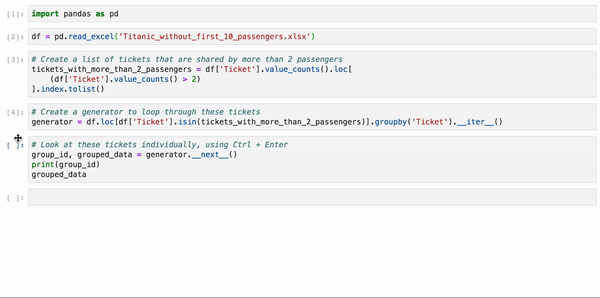
Pandas is the go-to library for data science. These are the shortcuts I use to do repetitive data science tasks faster and simpler.
A tank level measurement application to help you develop intuition on Kalman Filters

How n-body problems are solved in linear time, without any maths.
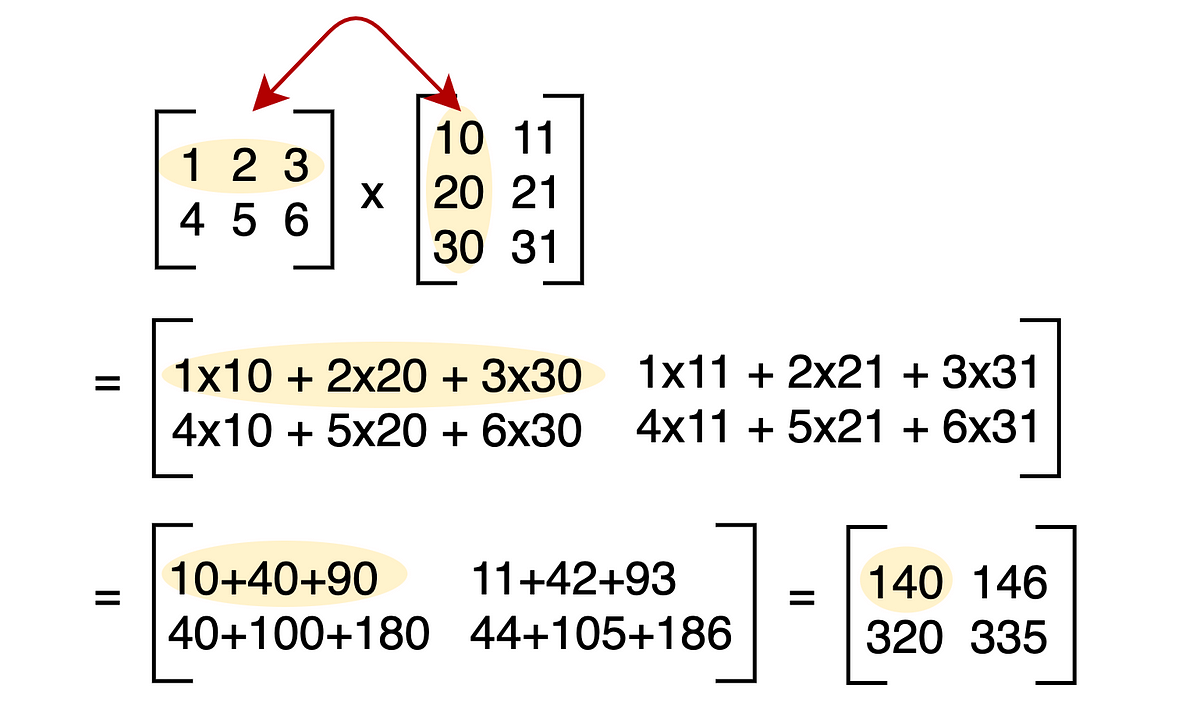
Learn matrix multiplication for machine learning by following along with Python examples
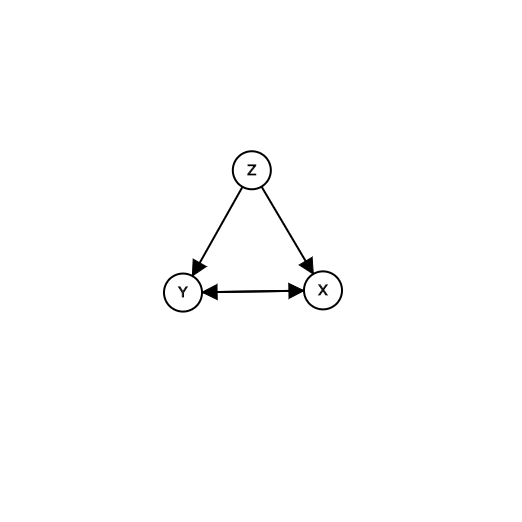
Finding relationships between different variables/ features in a dataset during a data analysis task is one of the key and fundemental…

A comprehensive but simple guide which focus more on the idea behind the formula rather than the math itself — start building the block…
It’s not a silver bullet metric to classification problems

An intuitive explanation of t-SNE algorithm and why it’s so useful in practice.

An Explanation and Implementation of Matrix Factorization

The Bloom filter provides fast approximate set membership while using little memory. Engineers often use these filters to avoid slow operations such as disk or network accesses. As an alternative, a cuckoo filter may need less space than a Bloom filter ...
:extract_focal()/https%3A%2F%2Fs3.amazonaws.com%2Fpocket-syndicated-images%2Farticles%2F1644%2F1568747880_GettyImages-465645737.jpg)
Networks regulate everything from ant colonies and middle schools to epidemics and the internet. Here’s how they work.
[bibshow file=own_pub.bib] DEPSO [bibcite key=Zhang:2003p3816], or called DEPS, is an algorithm for (constrained) numerical optimization problem (NOP). DEPSO combines the advantages of Particle Swarm Optimization (PSO) and Differential Evolution (DE). It is incorporated into cooperative group optimi

Since deep neural networks were developed, they have made huge contributions to everyday lives. Machine learning provides more rational advice than humans are capable of in almost every aspect of...
A practical introduction on how to program Evolutionary Algorithms in Python to solve optimization tasks.

A litany of issues in business, finance, container ship loading and aircraft loading derive from this one simple dilemma

Intro If you're into Cryptography For Beginners, you're in the right place. Maybe you're j...

The Dormand-Prince algorithm is similar to the popular RKF45 adaptive Runge-Kutta method but produces more precision relative to the amount of computation.
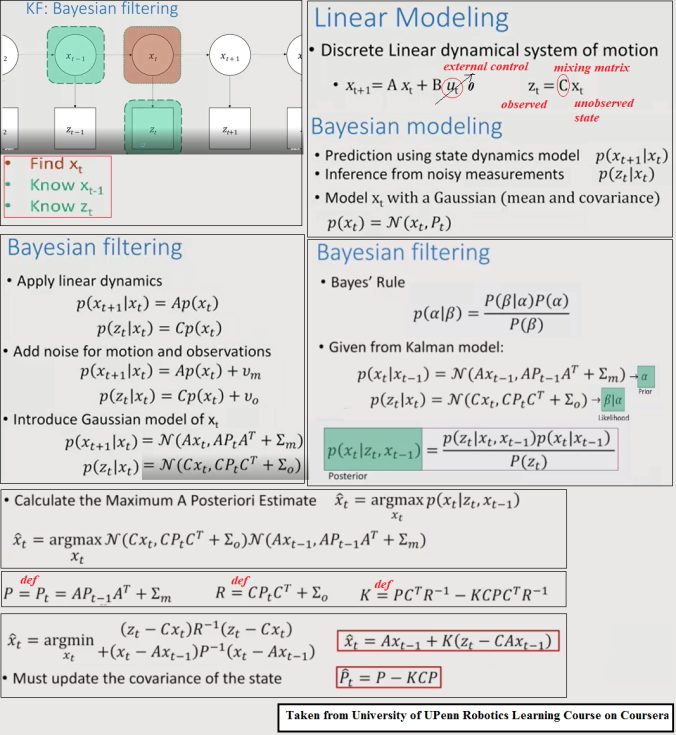
In this article, we shall see how the Bayesian Kalman Filter can be used to predict positions of some moving particles / objects in 2D. This article is inspired by a programming assignment from the coursera course Robotics Learning by University of Pennsylvania, where the goal was to implement a Kalman filter for ball tracking in 2D space. Some… Read More »Using Bayesian Kalman Filter to predict positions of moving particles / objects in 2D (in R)
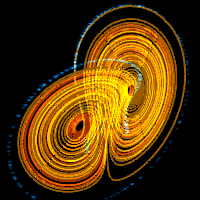
Interactive Lorenz attractor with 10,000 butterflies under the Lorenz attractor flow.
In numerical analysis, the Kahan summation algorithm, also known as compensated summation,[1] significantly reduces the numerical error in the total obtained by adding a sequence of finite-precision floating-point numbers, compared to the obvious approach. This is done by keeping a separate running compensation (a variable to accumulate small errors), in effect extending the precision of the sum by the precision of the compensation variable.
the official Rust and C implementations of the BLAKE3 cryptographic hash function - BLAKE3-team/BLAKE3
2.9M subscribers in the MachineLearning community. Beginners -> /r/mlquestions , AGI -> /r/singularity, career advices -> /r/cscareerquestions…
Copulas and Rank Order Correlation are two ways to model and/or explain the dependence between 2 or more variables. Historically used in biology and epidemiology, copulas have gained...
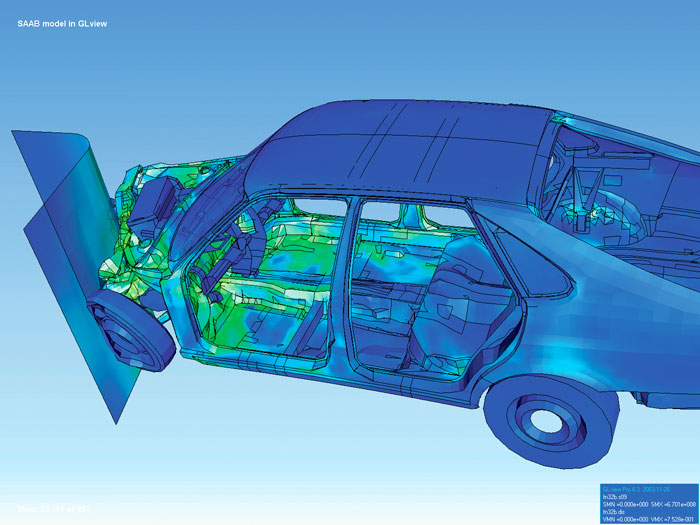
The finite element method (FEM) is a popular method for numerically solving differential equations arising in engineering and mathematical modeling. Typical problem areas of interest include the traditional fields of structural analysis, heat transfer, fluid flow, mass transport, and electromagnetic potential.

An international team claims its perfect secrecy cryptography is made unbreakable by physics
An Open-Source Collection of 200+ Flash Cards to Help You Preparing Your Algorithms & Data Structures Interview 💯 - teivah/algodeck

Visualizing three, 3-dimensional strange attractors with a fractal structure as well as the differential equations that generate them.

Bloom filters (BF) are widely used for approximate membership queries over a set of elements. BF variants allow removals, sets of unbounded size or querying a sliding window over an unbounded...
The Incredible PyTorch: a curated list of tutorials, papers, projects, communities and more relating to PyTorch. - GitHub - ritchieng/the-incredible-pytorch: The Incredible PyTorch: a curated list...

Sign up with brilliant and get 20% off your annual subscription: https://brilliant.org/MajorPrep/ STEMerch Store: https://stemerch.com/ Support the Channel: https://www.patreon.com/zachstar PayPal(one time donation): https://www.paypal.me/ZachStarYT This video goes through a visual explanation of the Laplace Transform as well as applications and its relationship to the Fourier Transform. Instagram: https://www.instagram.com/zachstar/ Twitter: https://twitter.com/ImZachStar Join Facebook Group: https://www.facebook.com/groups/majorprep/ ►3D Graphing Software (this is not a sponsor nor an affiliate link, bought the software just because I liked it): https://www.runiter.com/ ►Animations: Brainup Studios (email: brainup.in@gmail.com) ►My Setup: Space Pictures: https://amzn.to/2CC4Kqj Magnetic Floating Globe: https://amzn.to/2VgPdn0 Camera: https://amzn.to/2RivYu5 Mic: https://amzn.to/2BLBkEj Tripod: https://amzn.to/2RgMTNL Equilibrium Tube: https://amzn.to/2SowDrh ►Check out the MajorPrep Amazon Store: https://www.amazon.com/shop/zachstar

Basic linear algebra can have a surprising influence on deep learning and machine learning. Learn what linear algebra is and how to use it.
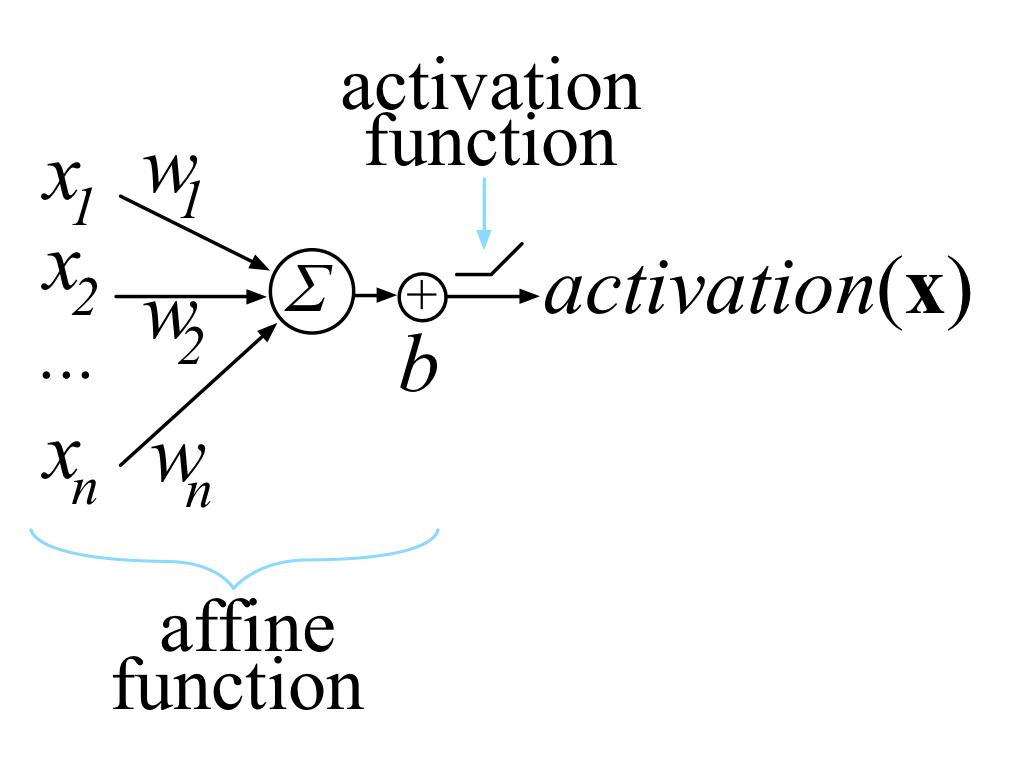
Most of us last saw calculus in school, but derivatives are a critical part of machine learning, particularly deep neural networks, which are trained by optimizing a loss function. This article is an attempt to explain all the matrix calculus you need in order to understand the training of deep neural networks. We assume no math knowledge beyond what you learned in calculus 1, and provide links to help you refresh the necessary math where needed.
Many former algebra students have painful memories of struggling to memorize the quadratic formula. A new way to derive it, overlooked for 4,000 years, is so simple it eliminates the need.
💻📖 Laws, Theories, Principles and Patterns that developers will find useful. #hackerlaws - dwmkerr/hacker-laws
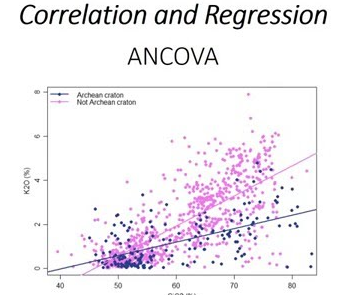
This resource is part of a series on specific topics related to data science: regression, clustering, neural networks, deep learning, decision trees, ensembles, correlation, Python, R, Tensorflow, SVM, data reduction, feature selection, experimental design, cross-validation, model fitting, and many more. To keep receiving these articles, sign up on DSC. The full series is accessible here. 29 Statistical Concepts… Read More »29 Statistical Concepts Explained in Simple English – Part 3
In vector calculus, the Jacobian matrix (/dʒəˈkoʊbiən/,[1][2][3] /dʒɪ-, jɪ-/) of a vector-valued function of several variables is the matrix of all its first-order partial derivatives. When this matrix is square, that is, when the function takes the same number of variables as input as the number of vector components of its output, its determinant is referred to as the Jacobian determinant. Both the matrix and (if applicable) the determinant are often referred to simply as the Jacobian in literature.[4] They are named after Carl Gustav Jacob Jacobi.

The covariance matrix has many interesting properties, and it can be found in mixture models, component analysis, Kalman filters, and more. Developing an intuition for how the covariance matrix operates is useful in understanding its practical implications. This article will focus on a few important properties, associated proofs, and then some interesting practical applications, i.e.,… Read More »Create Transformed, N-Dimensional Polygons with Covariance Matrix
Course overview Memory leaks and dangling pointers are the main issues of the manual memory management. You delete a parent node in a linked list, forgetting to delete all its children first -- and your
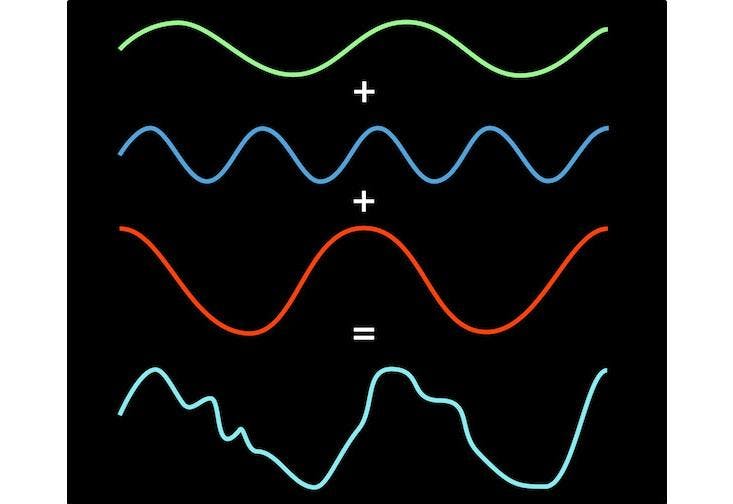
This theoretical physicist’s idea has an astounding legacy.

How to use polynomials to share secrets, and how to verify that the secret has been shared without unlocking it.
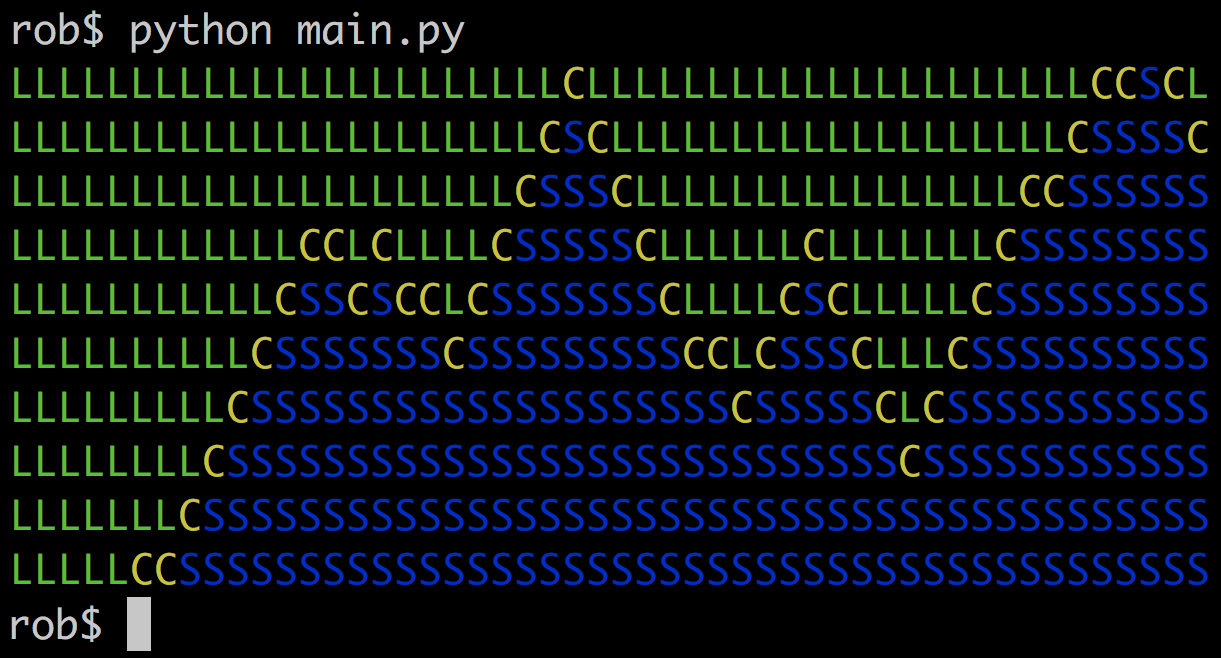
The Wavefunction Collapse Algorithm teaches your computer how to riff. The algorithm takes in an archetypical input, and produces procedurally-generated outputs that look like it.
A while back, there was a discussion comparing the performance of using the hashbrown crate (based on Google’s SwissTable implementation1) in the Rust compiler. In the last RustFest, Amanieu was experimenting on integrating his crate into stdlib, which turned out to have some really promising results. As a result, it’s being planned to move the crate into stdlib. I insist on watching this talk when you have some free time! ↩
A technical report on convolution arithmetic in the context of deep learning - vdumoulin/conv_arithmetic
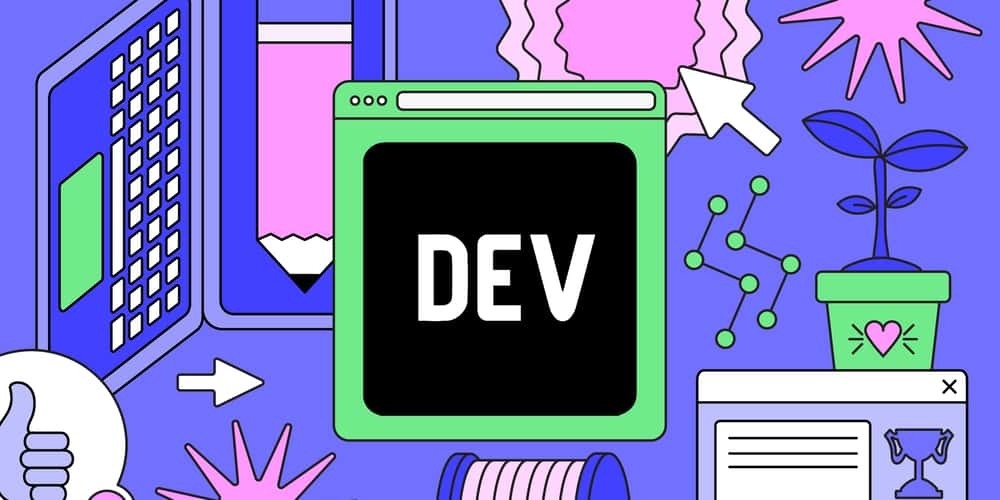
Let's Encrypt does not currently generate Elliptic Curve certificates. Here's how to obtain one.

If you like to rely on the web to do your electronics and computer math, you’ll want to bookmark FxSolver. It has a wide collection of formulae from disciplines ranging from electronics, comp…

Computer scientists have been searching for years for a type of problem that a quantum computer can solve but that any possible future classical computer cannot. Now they’ve found one.
Last time we saw a geometric version of the algorithm to add points on elliptic curves. We went quite deep into the formal setting for it (projective space $ \mathbb{P}^2$), and we spent a lot of time talking about the right way to define the “zero” object in our elliptic curve so that our issues with vertical lines would disappear. With that understanding in mind we now finally turn to code, and write classes for curves and points and implement the addition algorithm.

A visual guide to Connectionist Temporal Classification, an algorithm used to train deep neural networks in speech recognition, handwriting recognition and other sequence problems.
A visual approach to understanding resolution based on MTF (modulation transfer function) curves.

In 1989, Kirk Lougheed of Cisco and Yakov Rekhter of IBM were having lunch in a meeting hall cafeteria at an Internet Engineering Task Force (IETF) conference. They wrote a new routing protocol that became RFC (Request for Comment) 1105, the Border Gateway Protocol (BGP), known to many as the “Two Napkin Protocol” — in reference to the napkins they used to capture their thoughts.
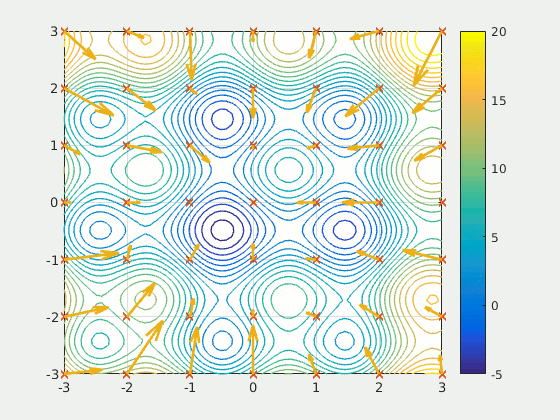
Fish schools, bird flocks, and bee swarms. These combinations of real-time biological systems can blend knowledge, exploration, and exploitation to unify intelligence and solve problems more efficiently. There’s no centralized control. These simple agents interact locally, within their environment, and new behaviors emerge from the group as a whole. In the world of evolutionary alogirthms… Read More »Swarm Optimization: Goodbye Gradients

In December 2017, researchers at Google and MIT published a provocative research paper about their efforts into “learned index structures”…
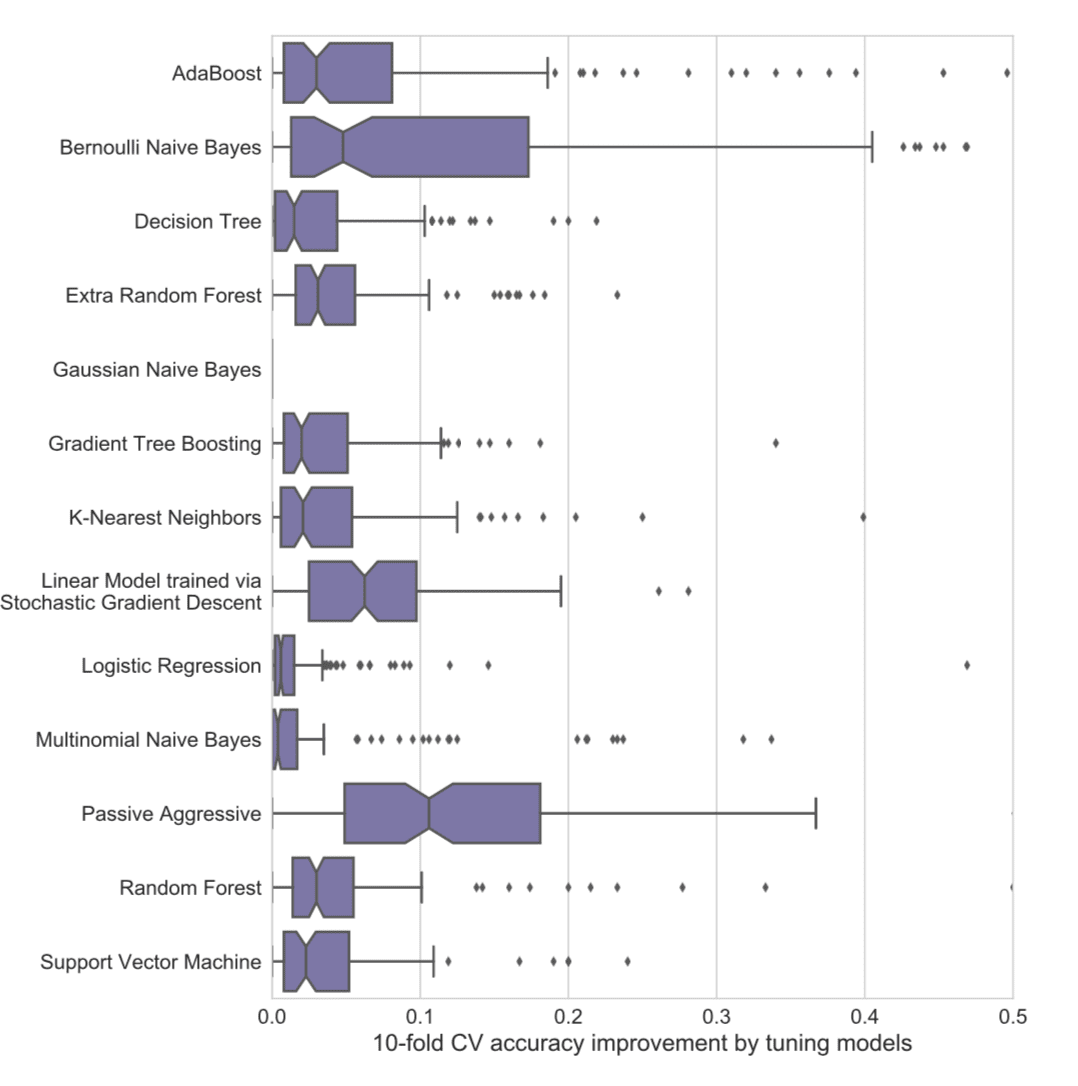
Which machine learning algorithm should you use? It is a central question in applied machine learning. In a recent paper by Randal Olson and others, they attempt to answer it and give you a guide for algorithms and parameters to try on your problem first, before spot checking a broader suite of algorithms. In this post, you will discover a…
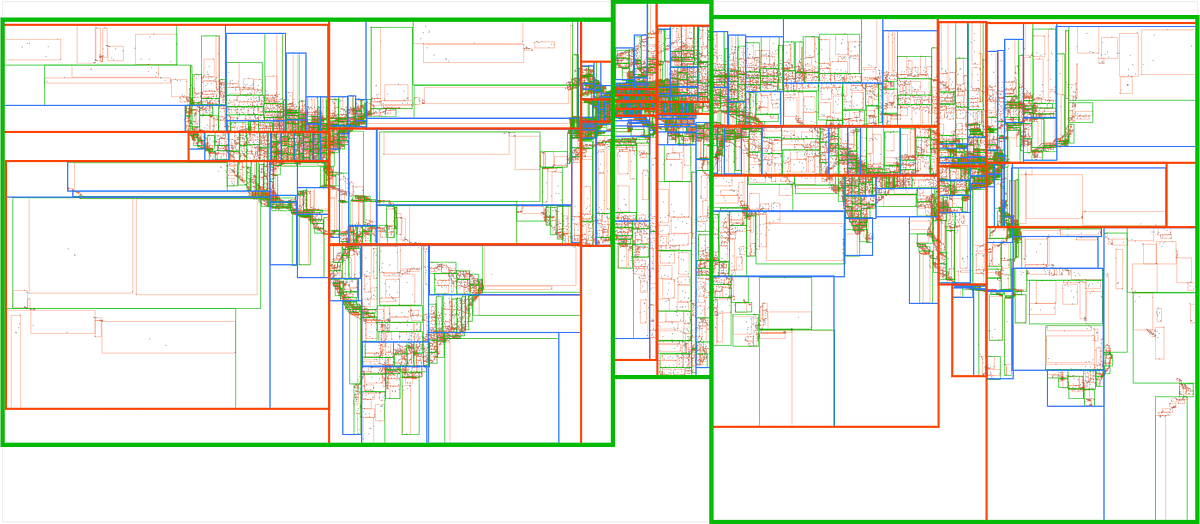
Searching through millions of points in an instant
Minimal examples of data structures and algorithms in Python - keon/algorithms
I recently ran across this bloom filter post by Michael Schmatz and it inspired me to write about a neat variation on the bloom filter that…

This article will review the basics of the decimation-in-time FFT algorithms.
Machine learning algorithms aren’t difficult to grasp if you understand the basic concepts. Here, a SAS data scientist describes the foundations for some of today’s popular algorithms.

Two of the most commonly taught data structures in computer science are the singly-linked list and doubly-linked list.

A new “shrinking bull’s-eye” algorithm from researchers at MIT speeds up complex modeling from days to hours.






